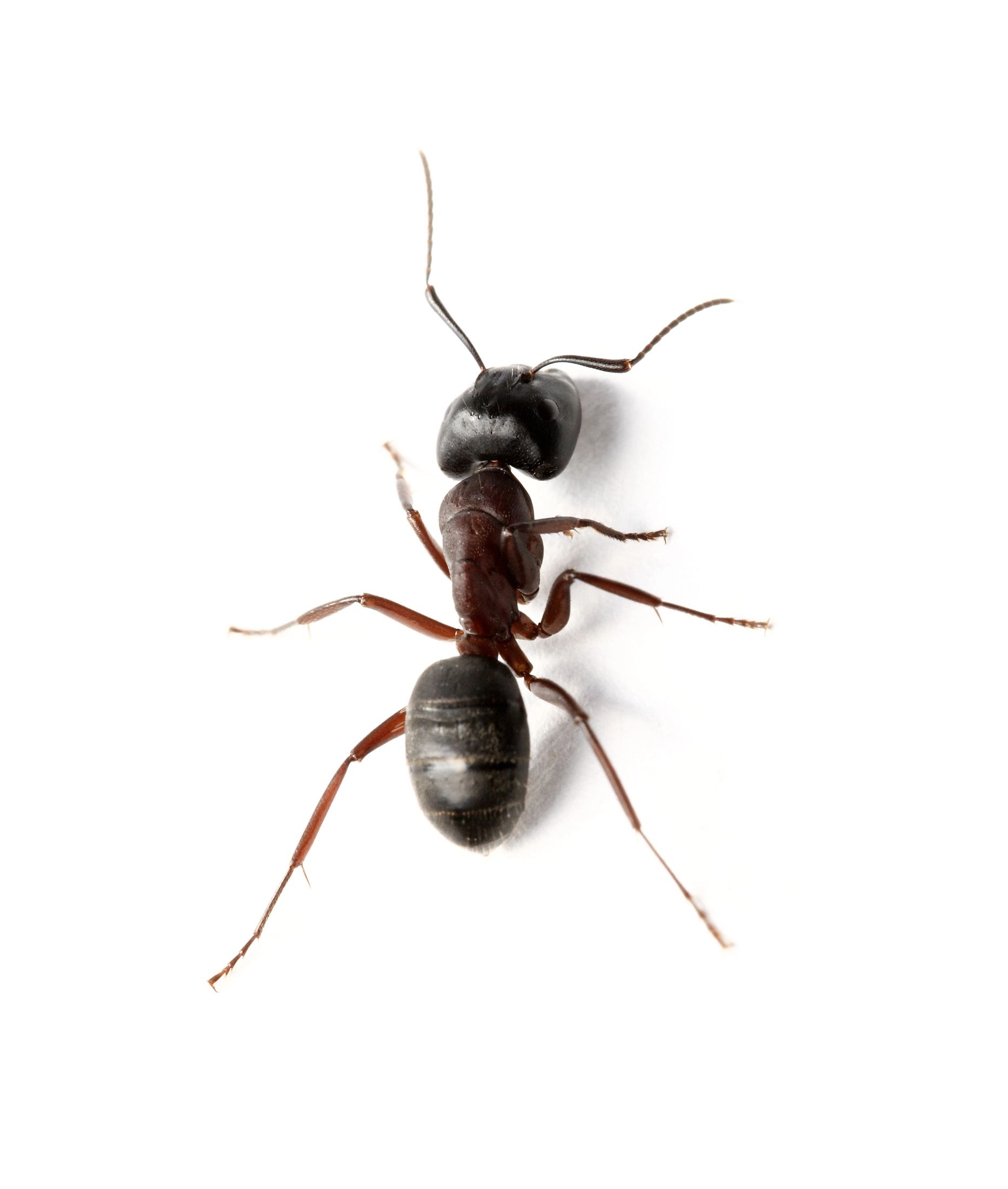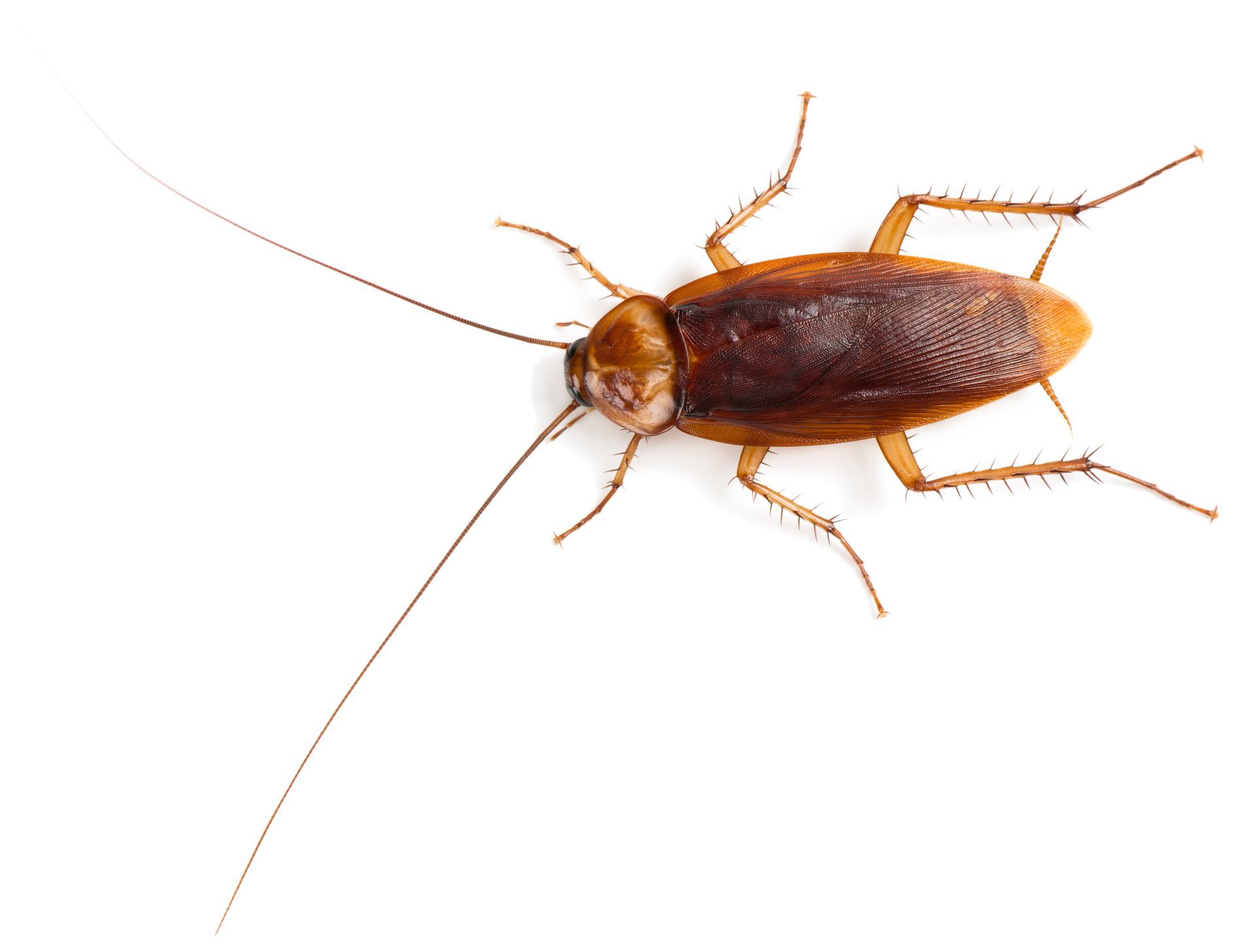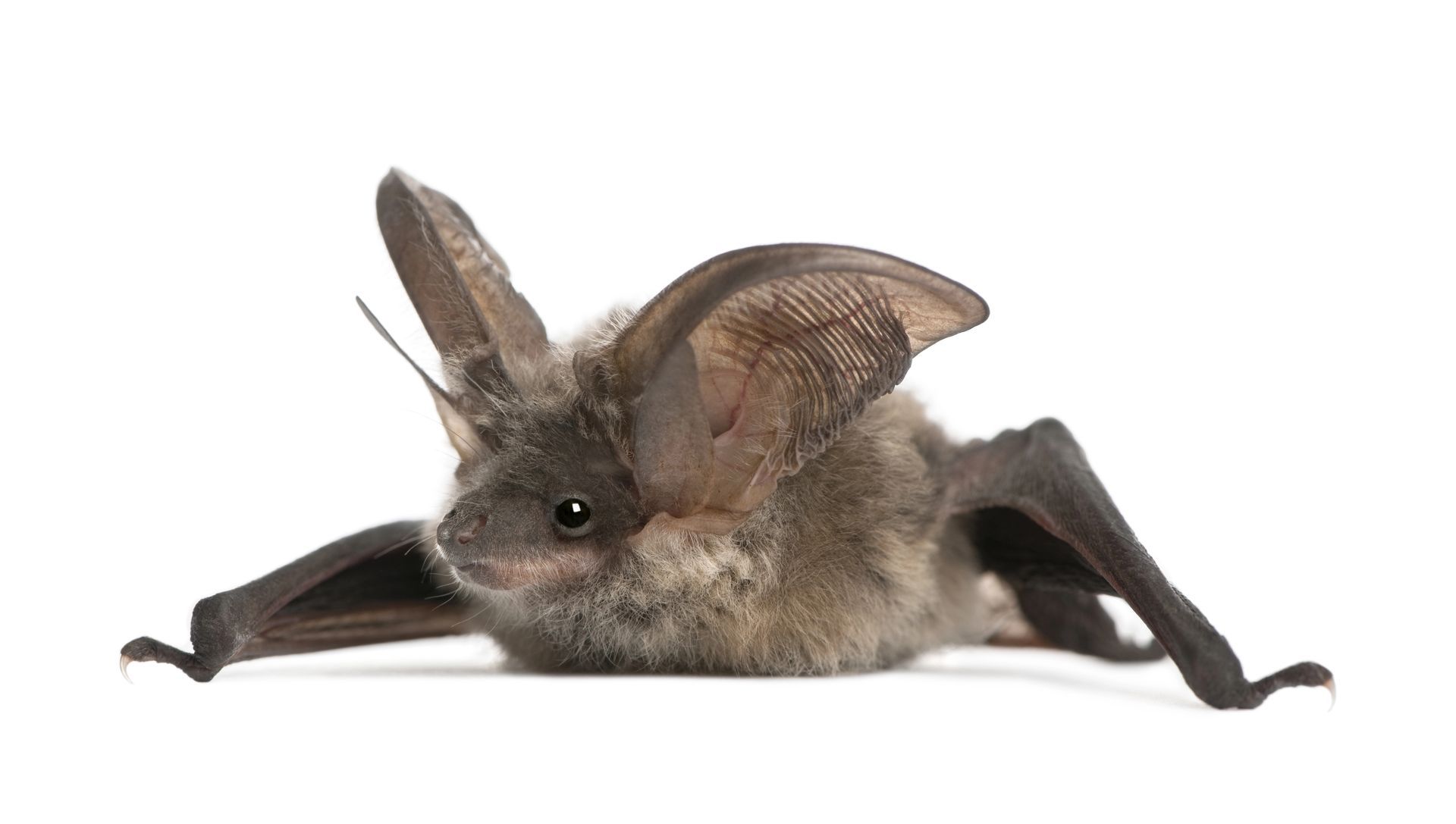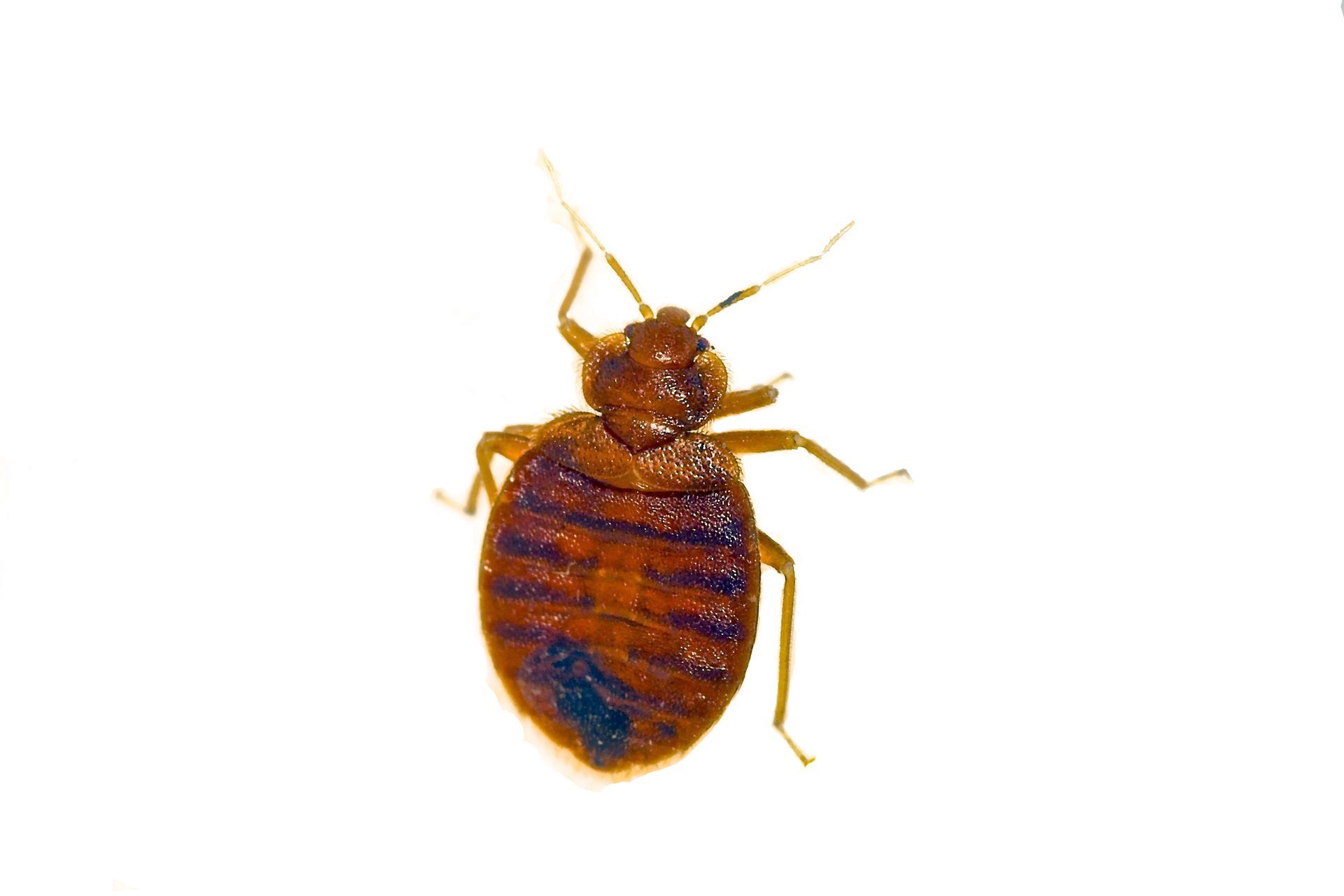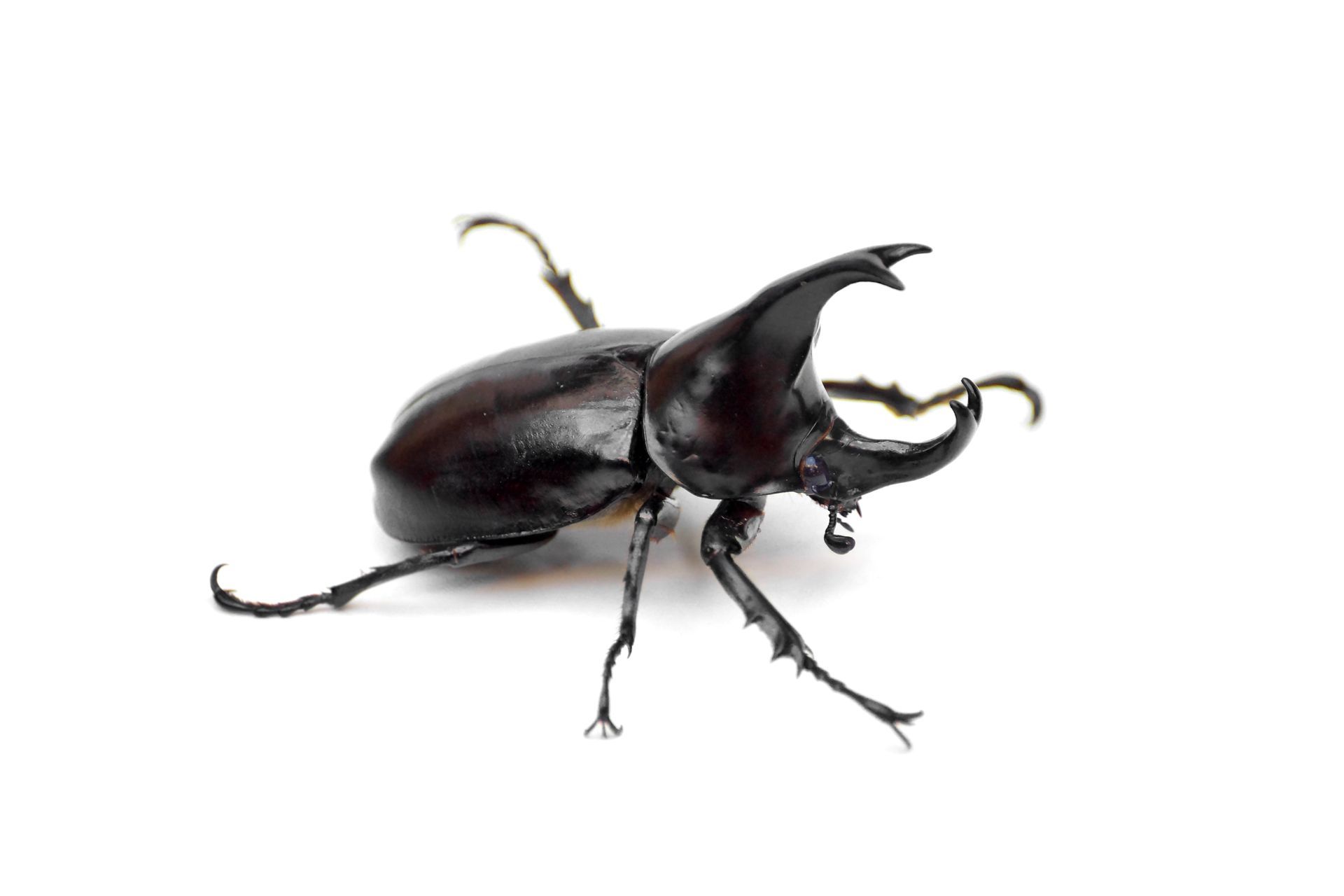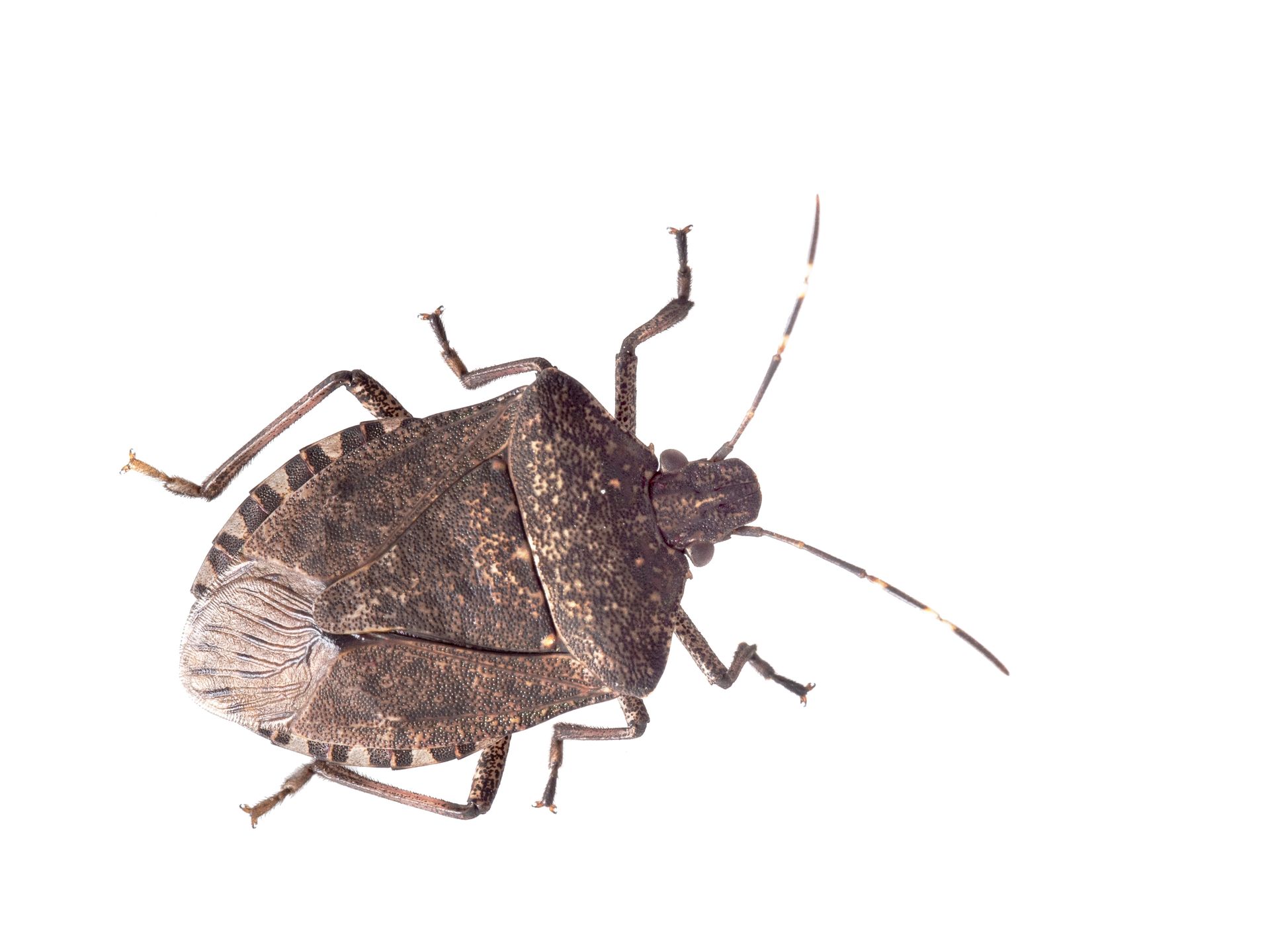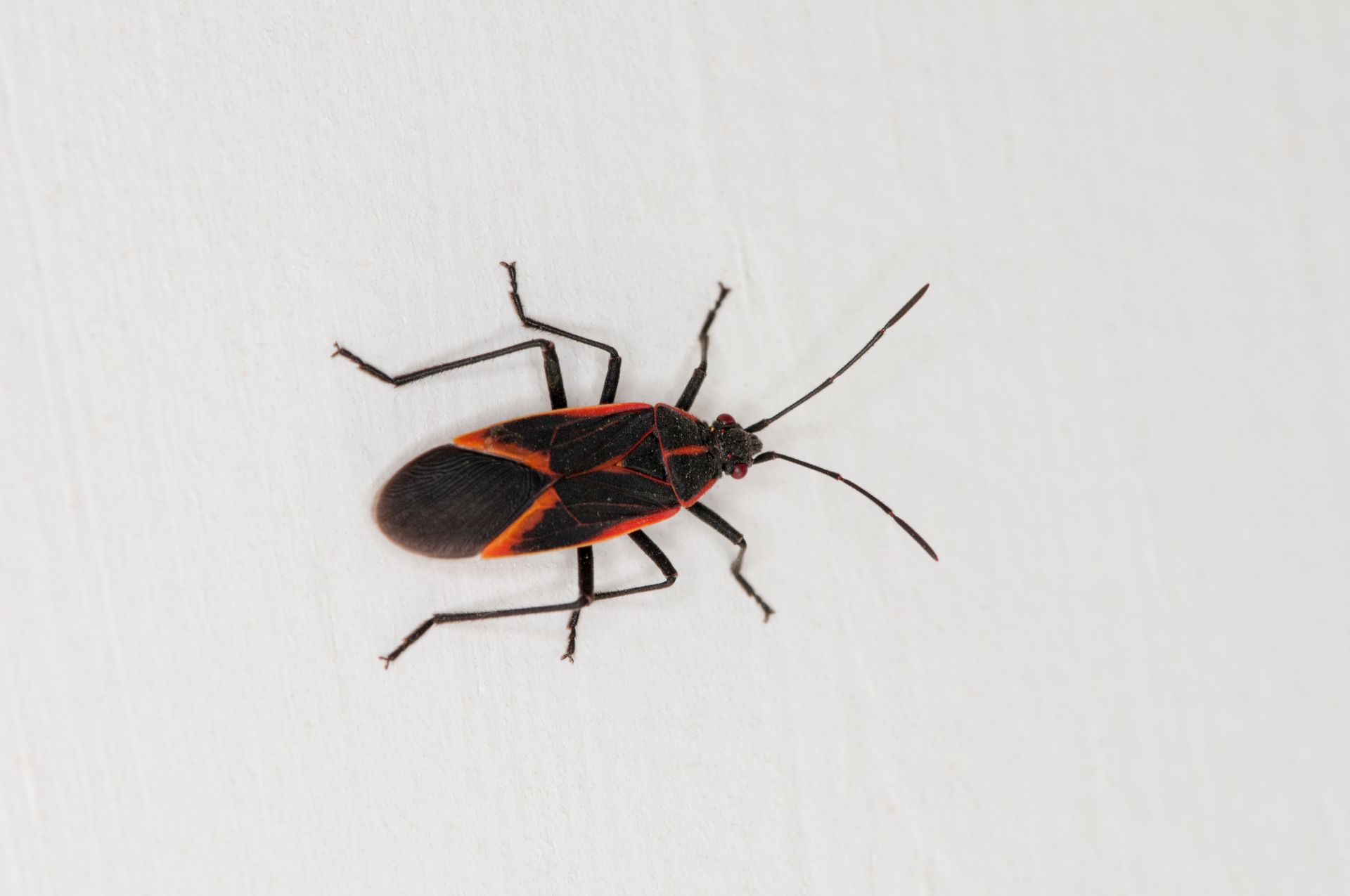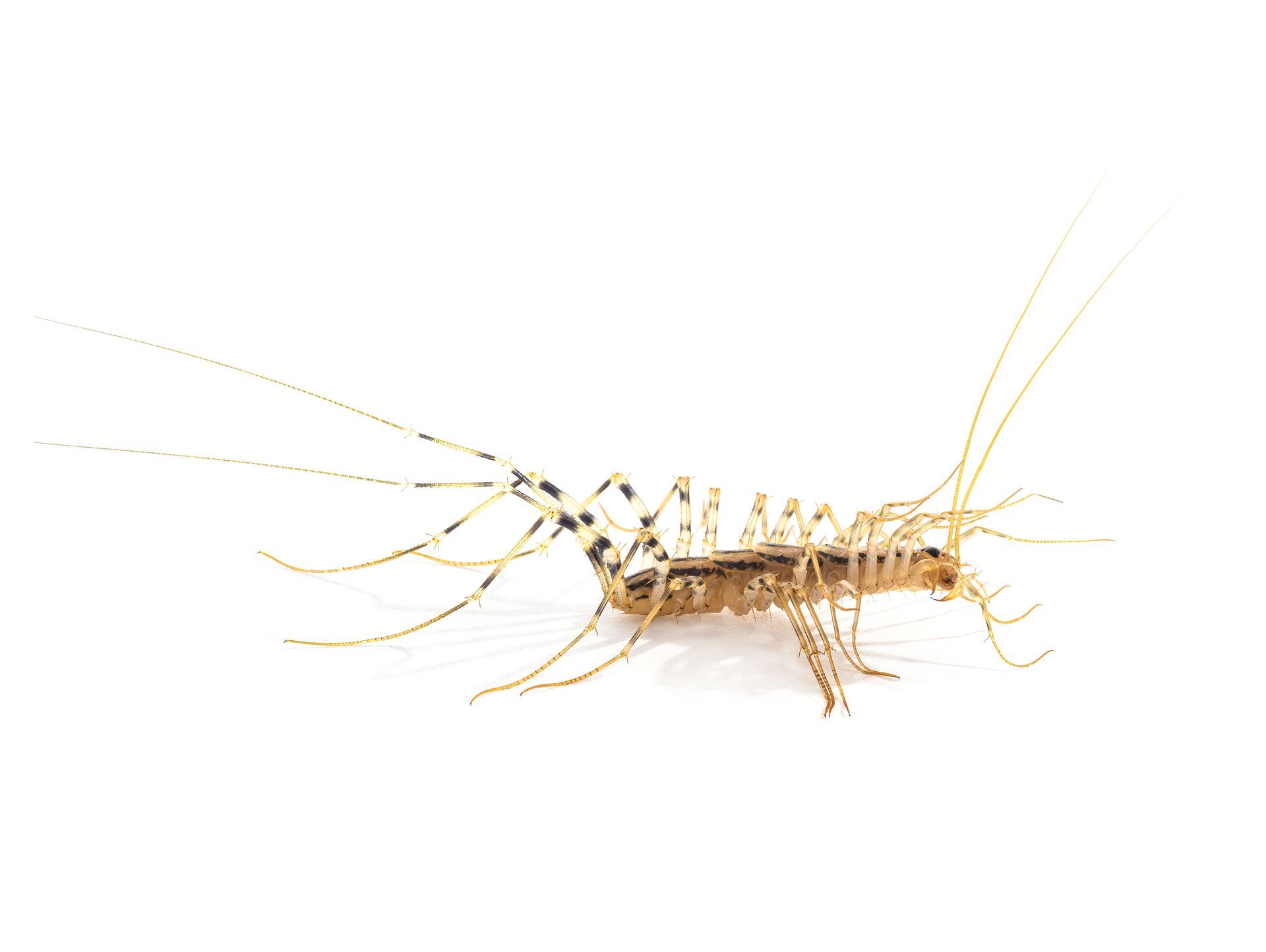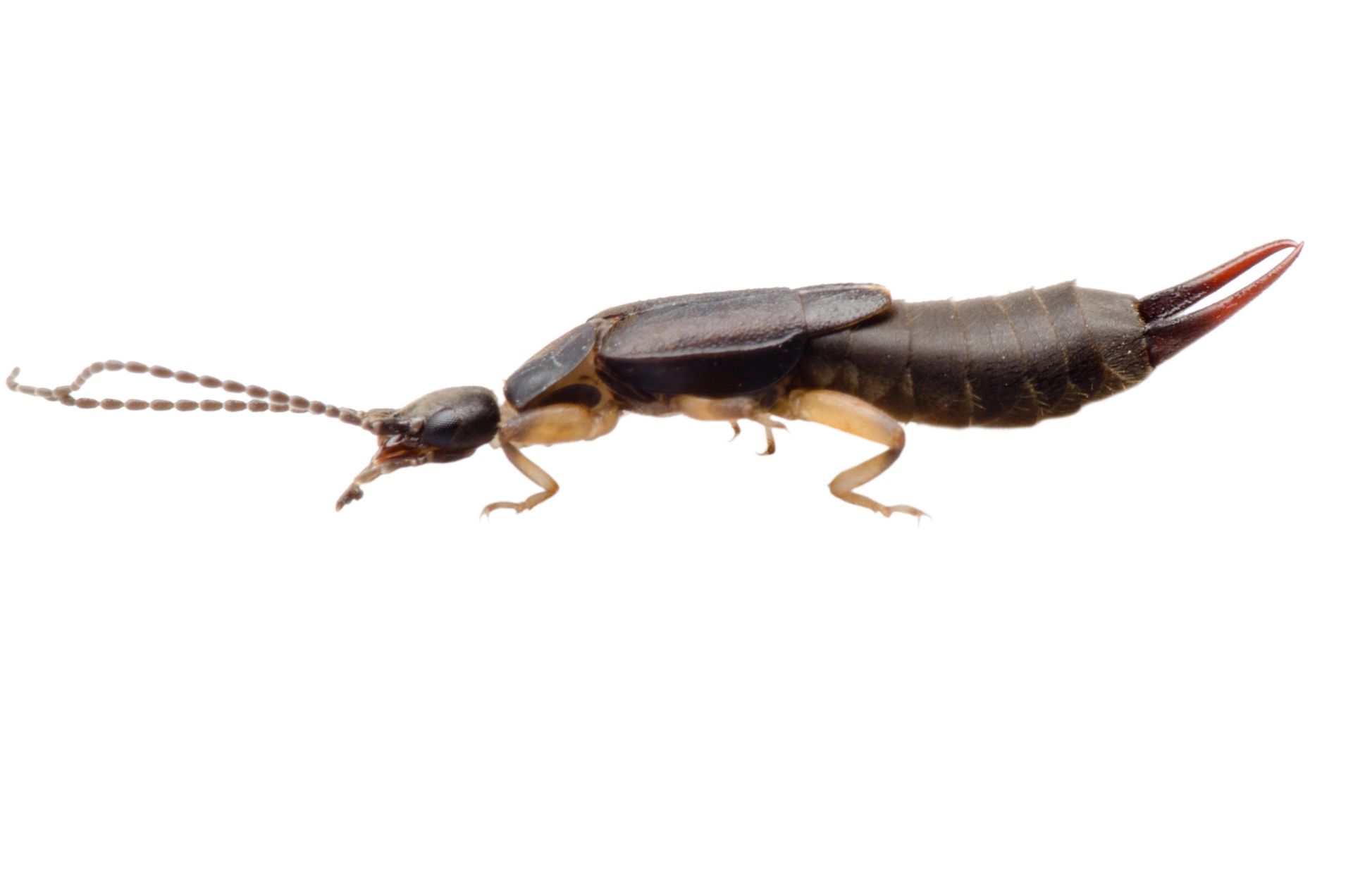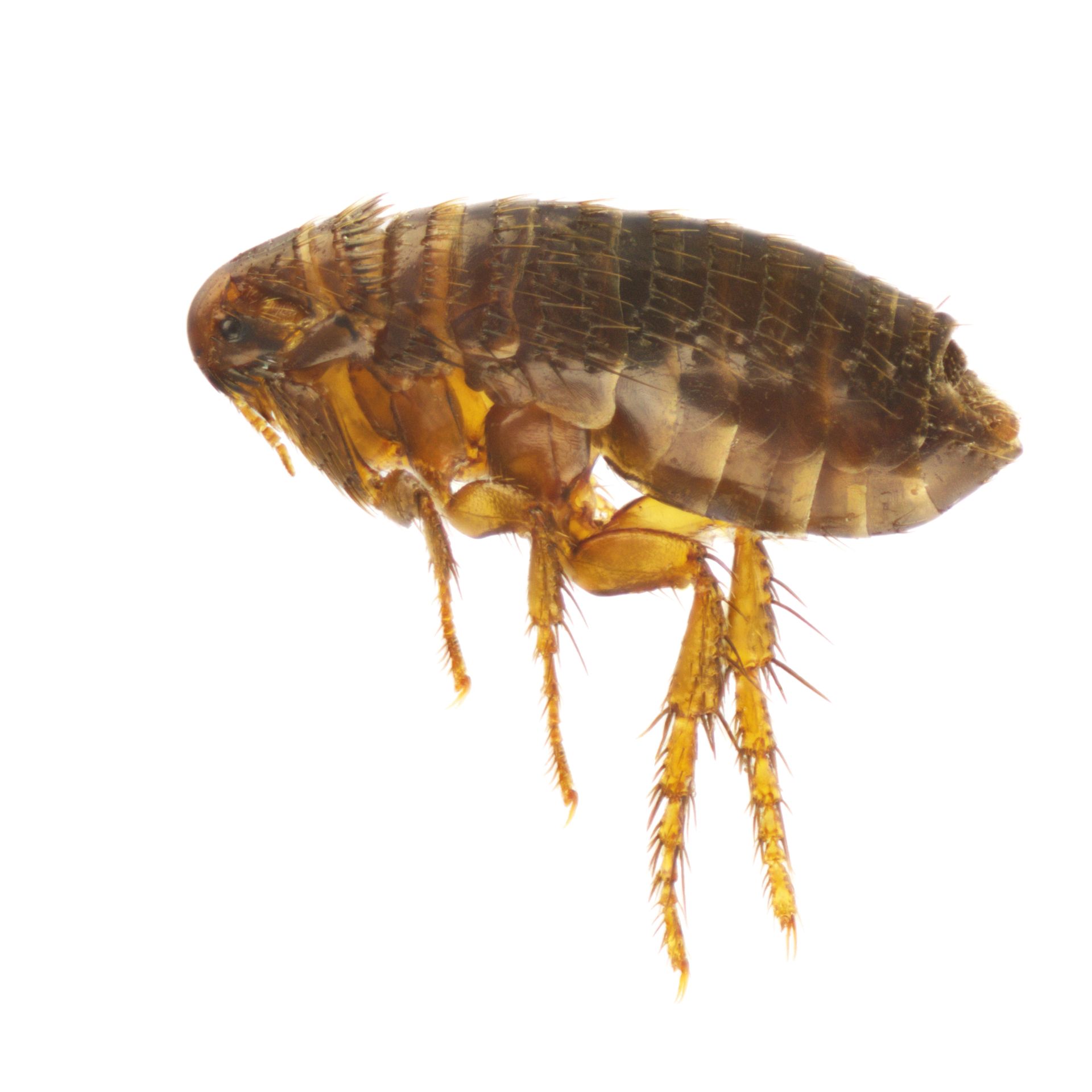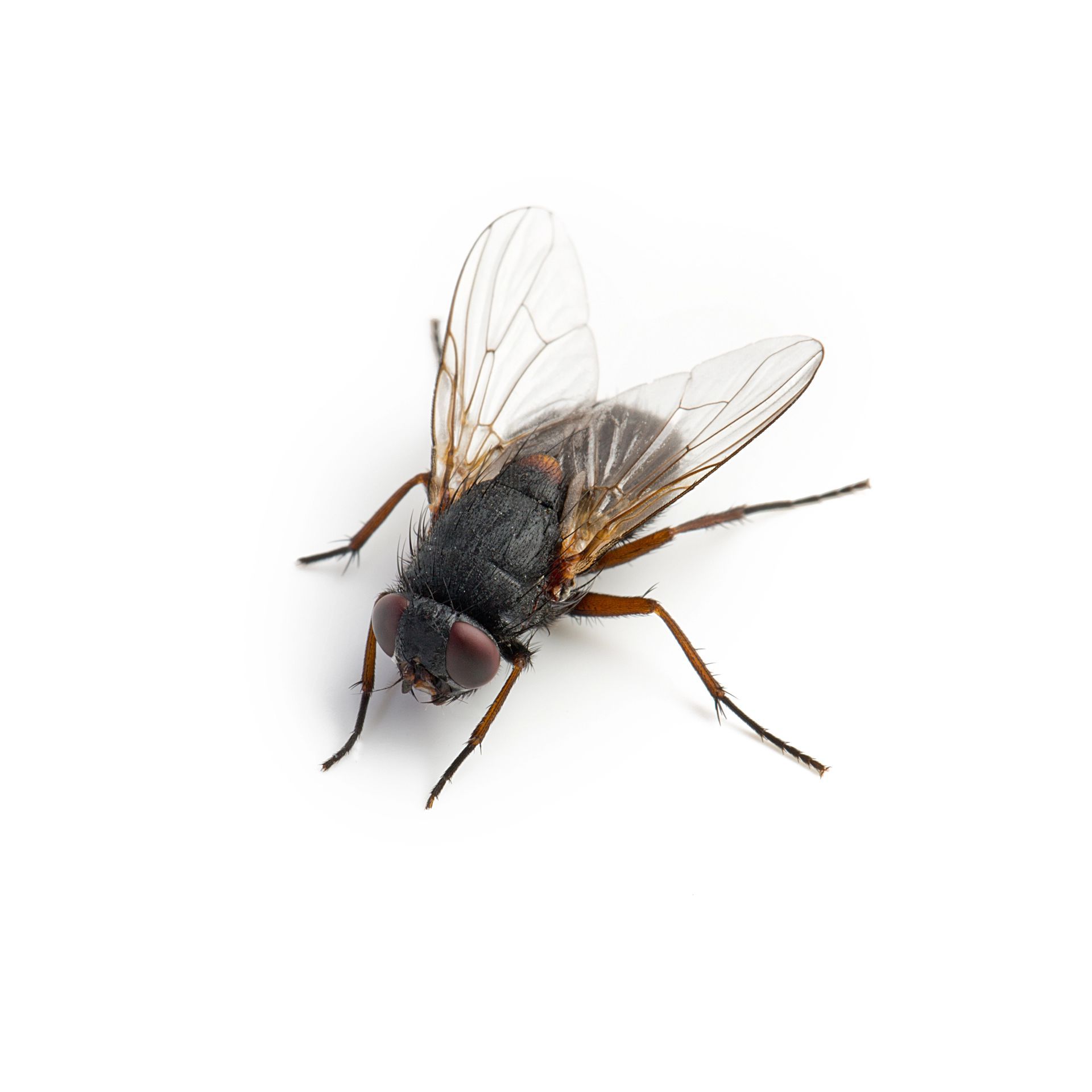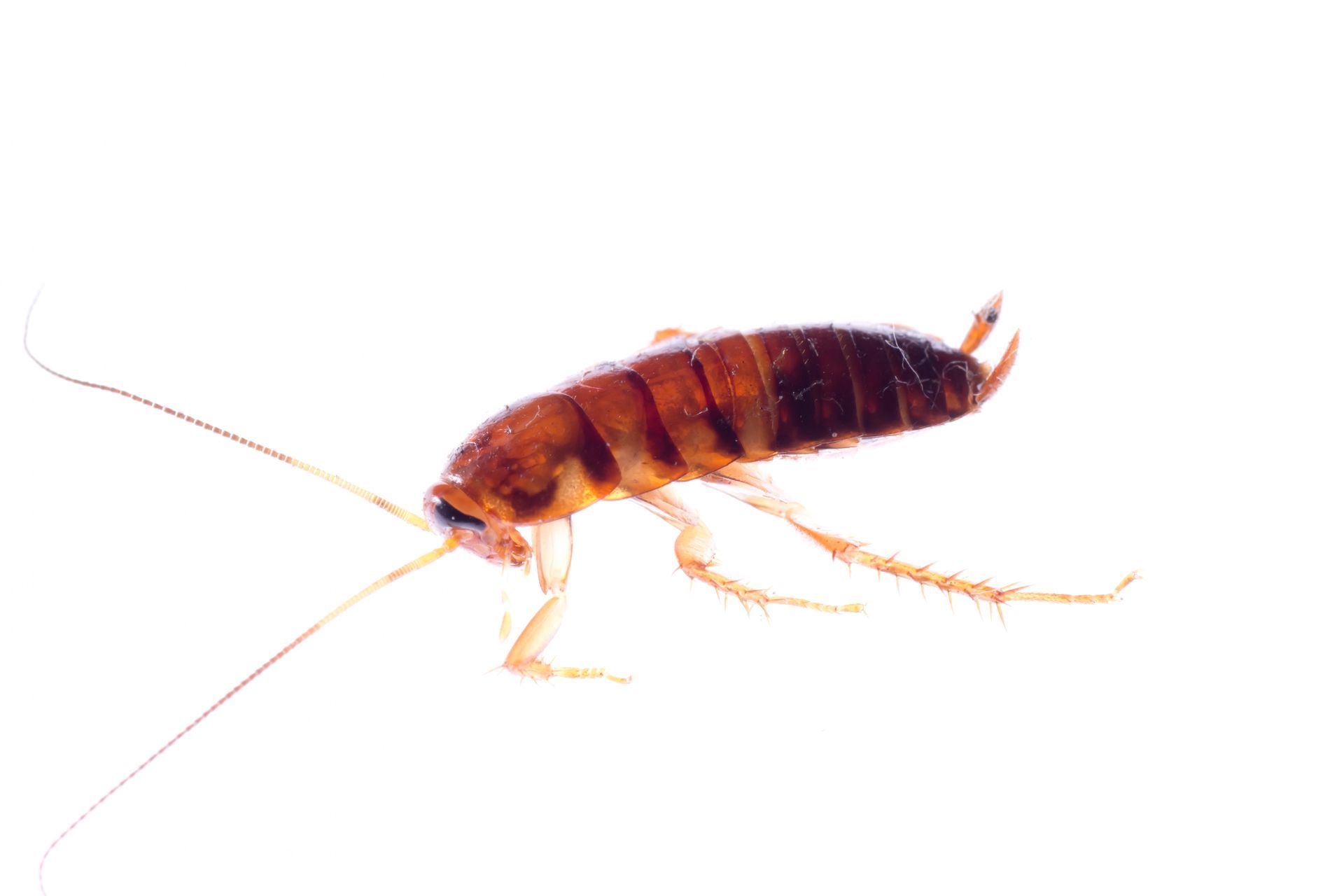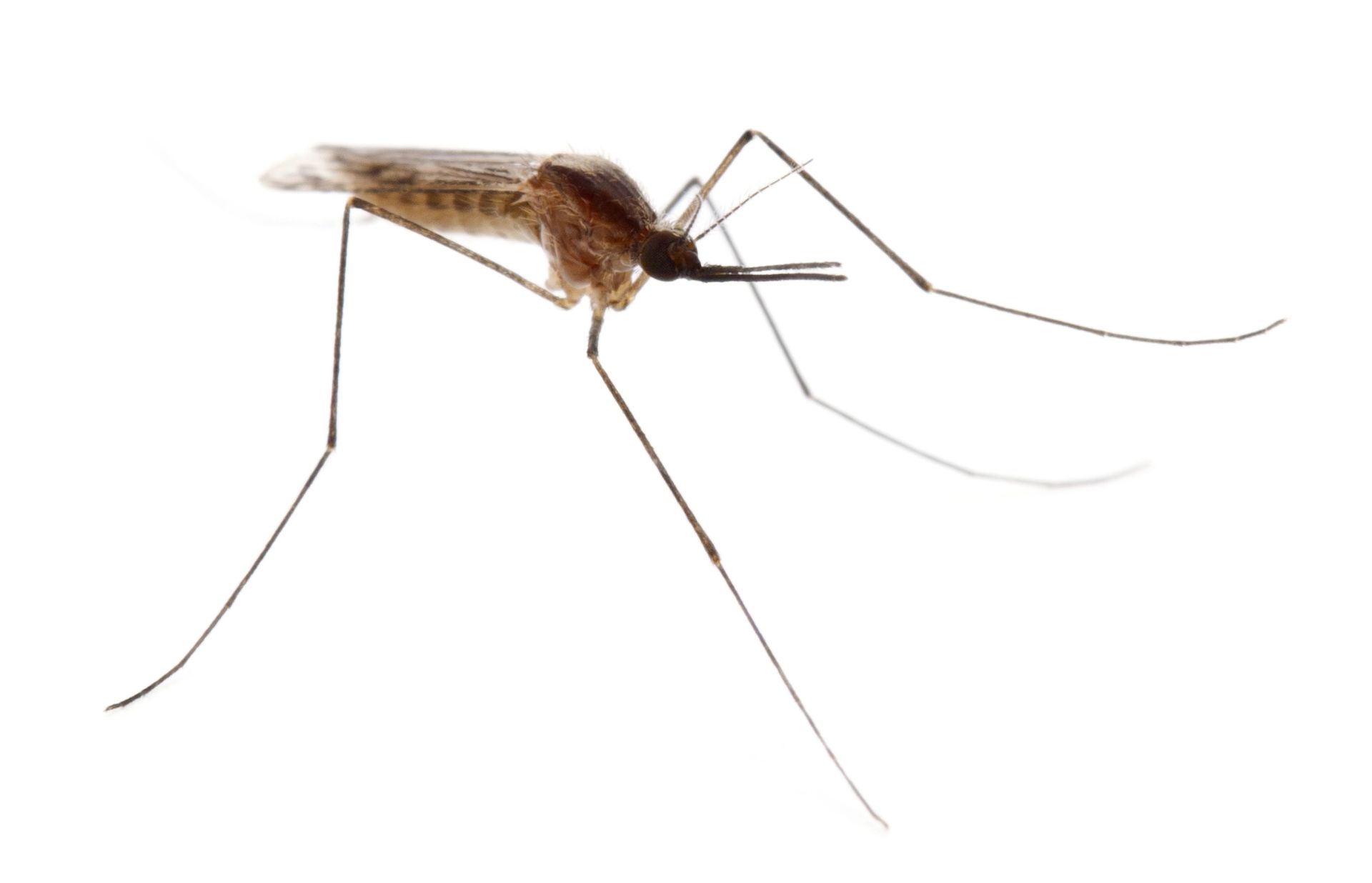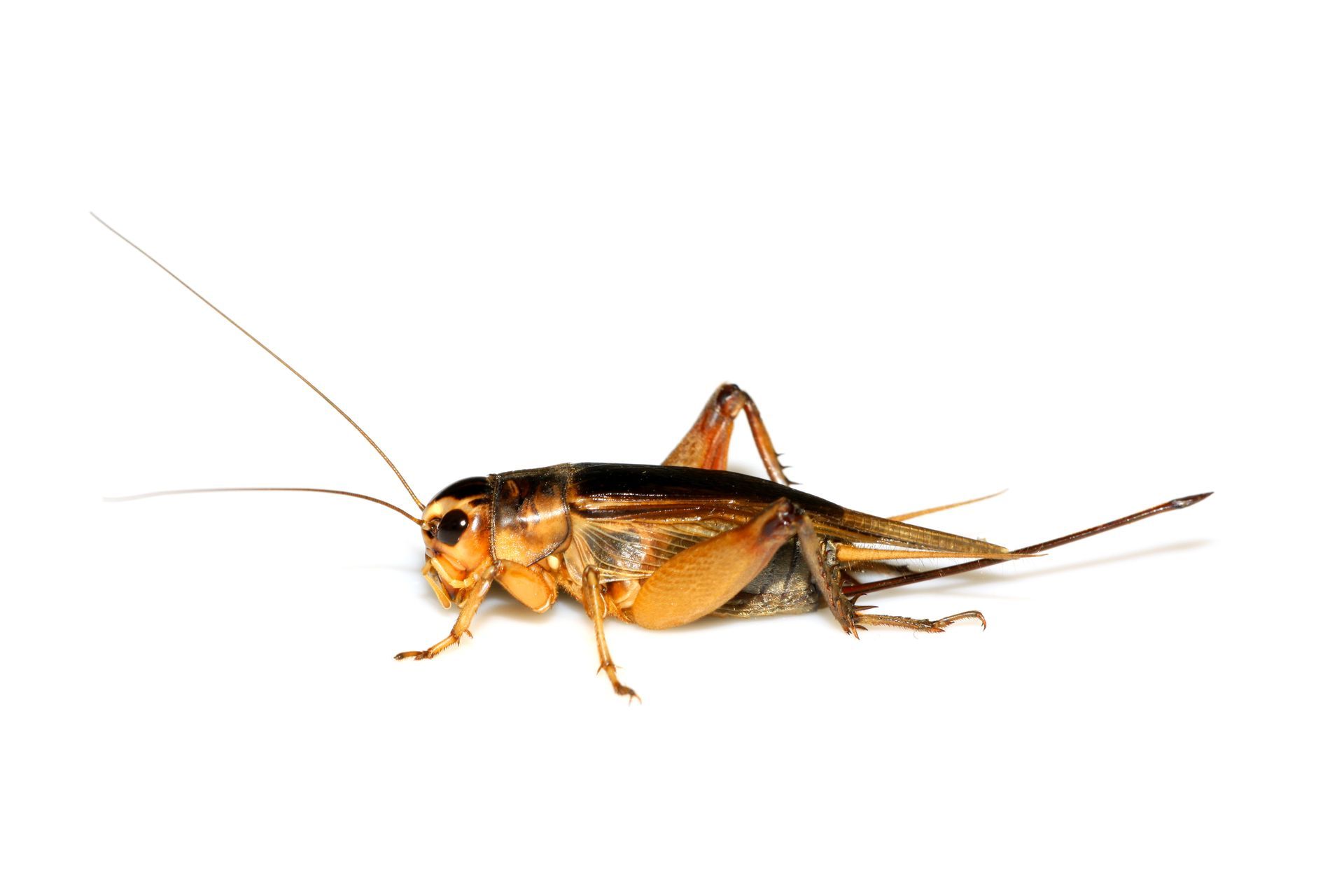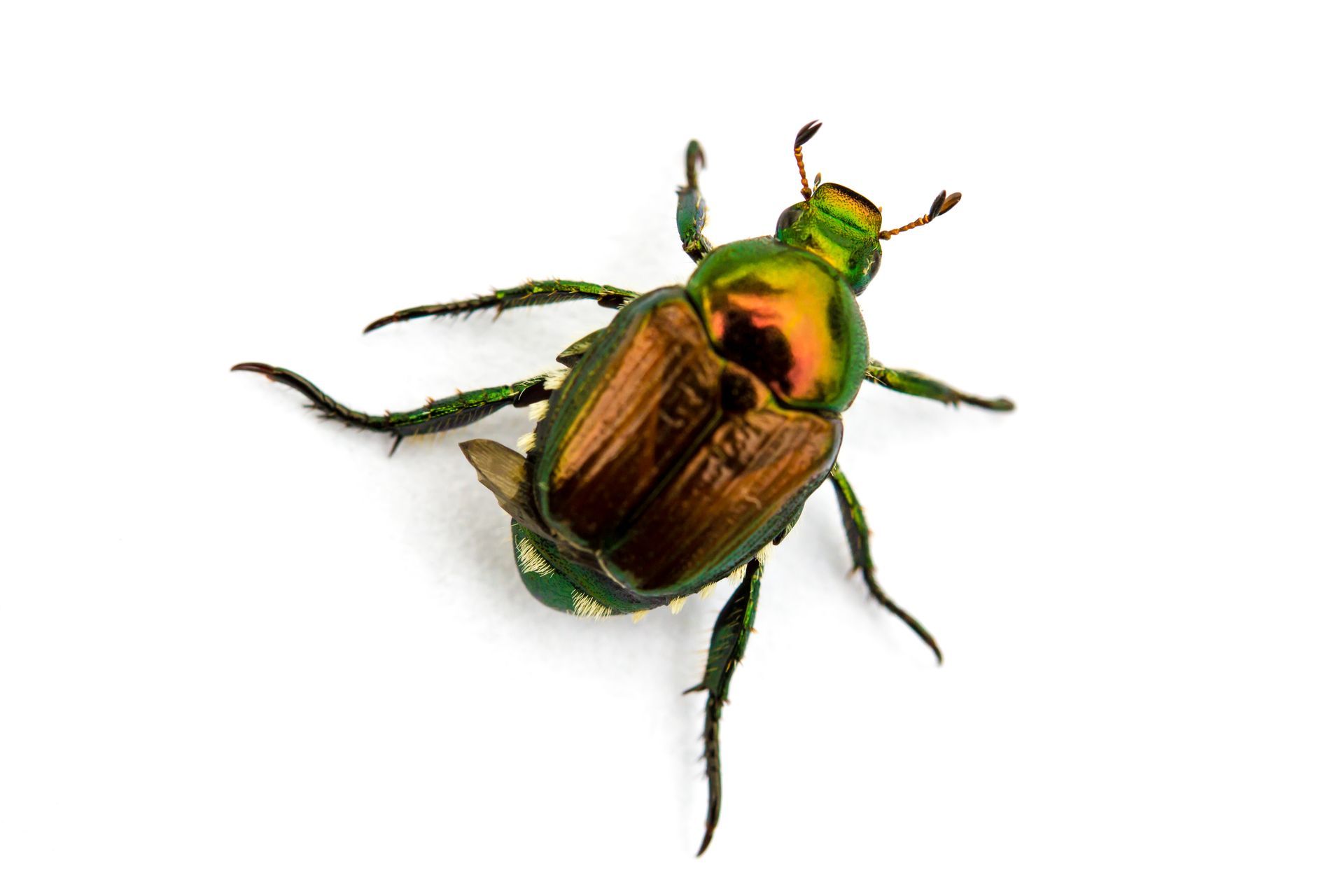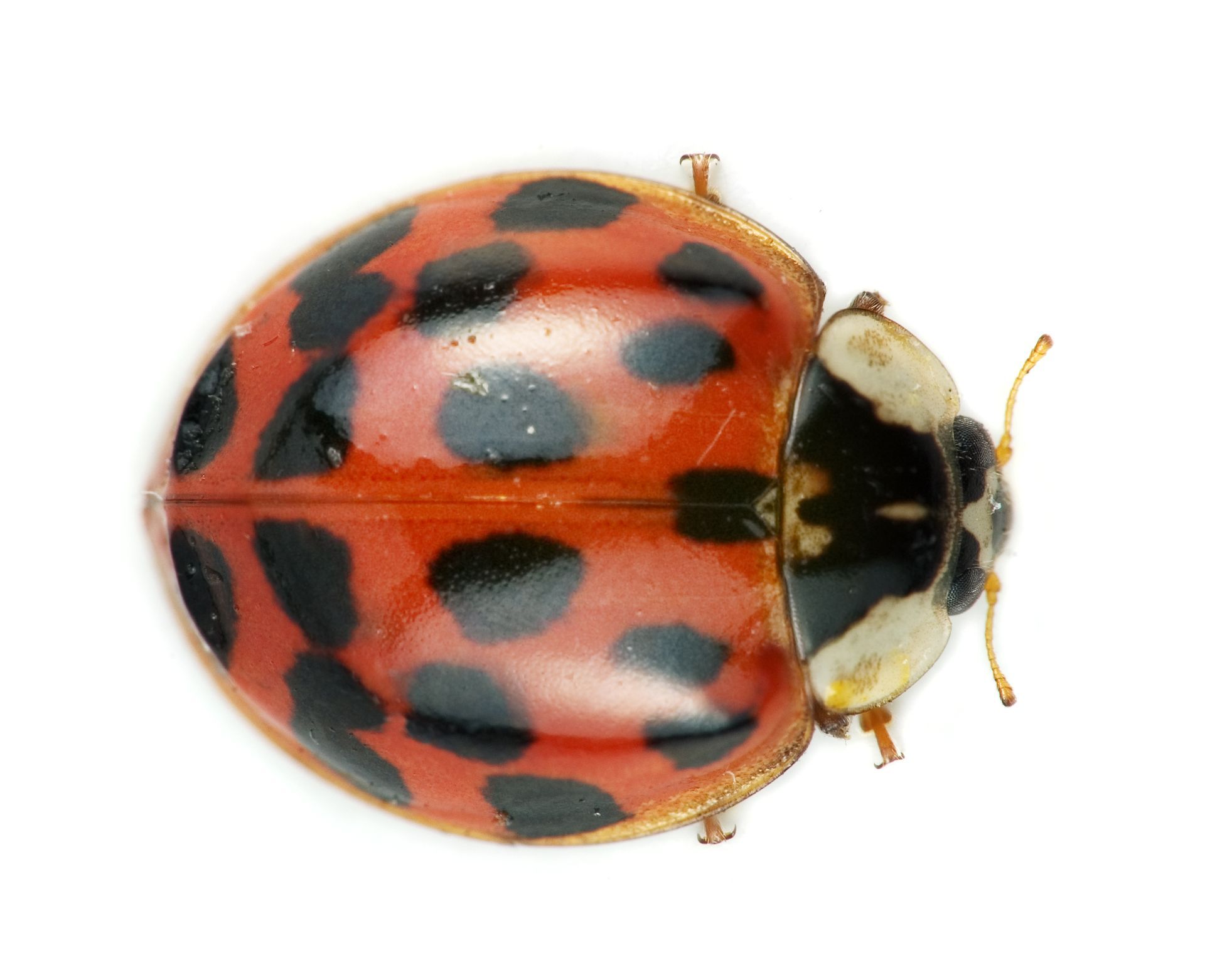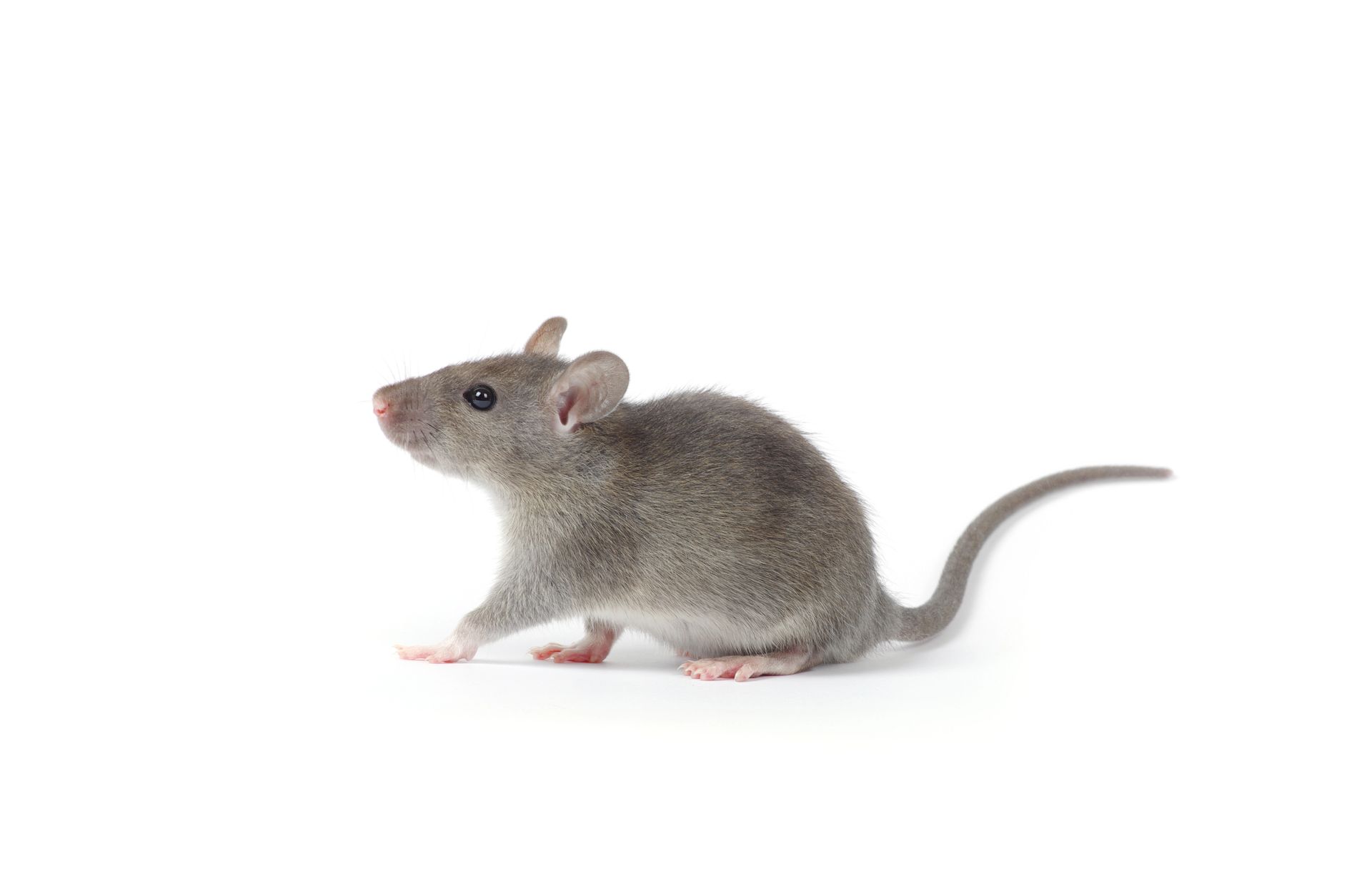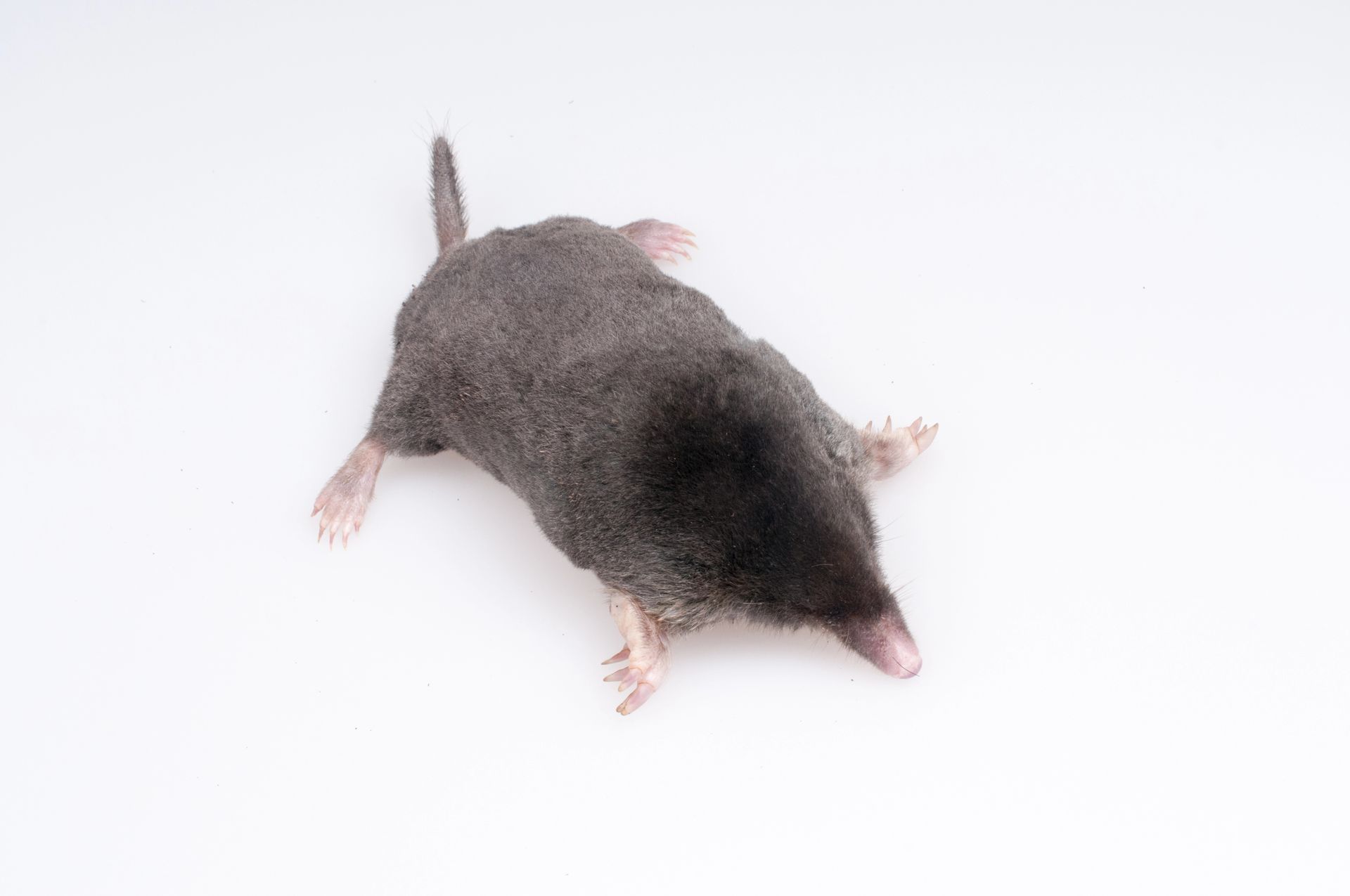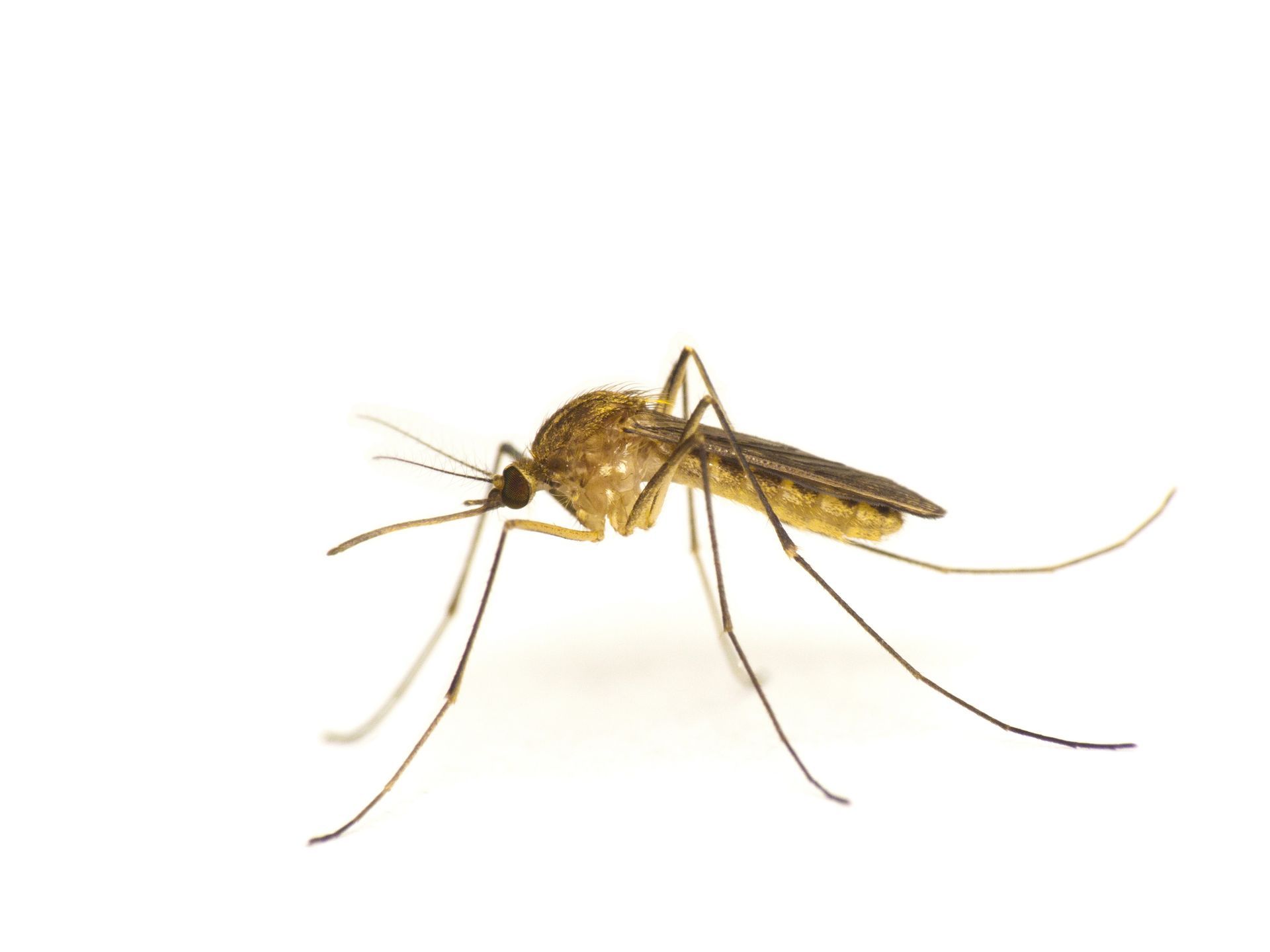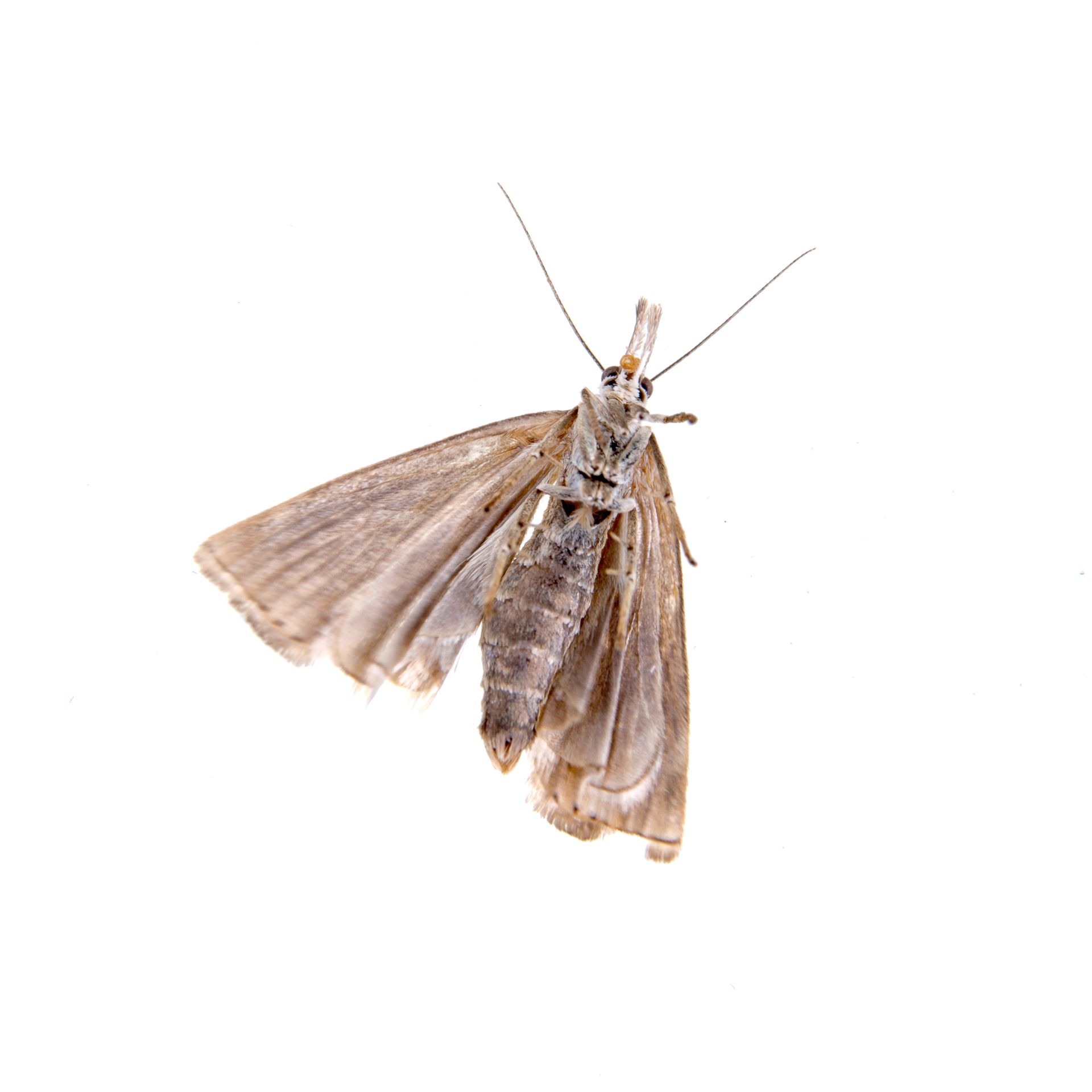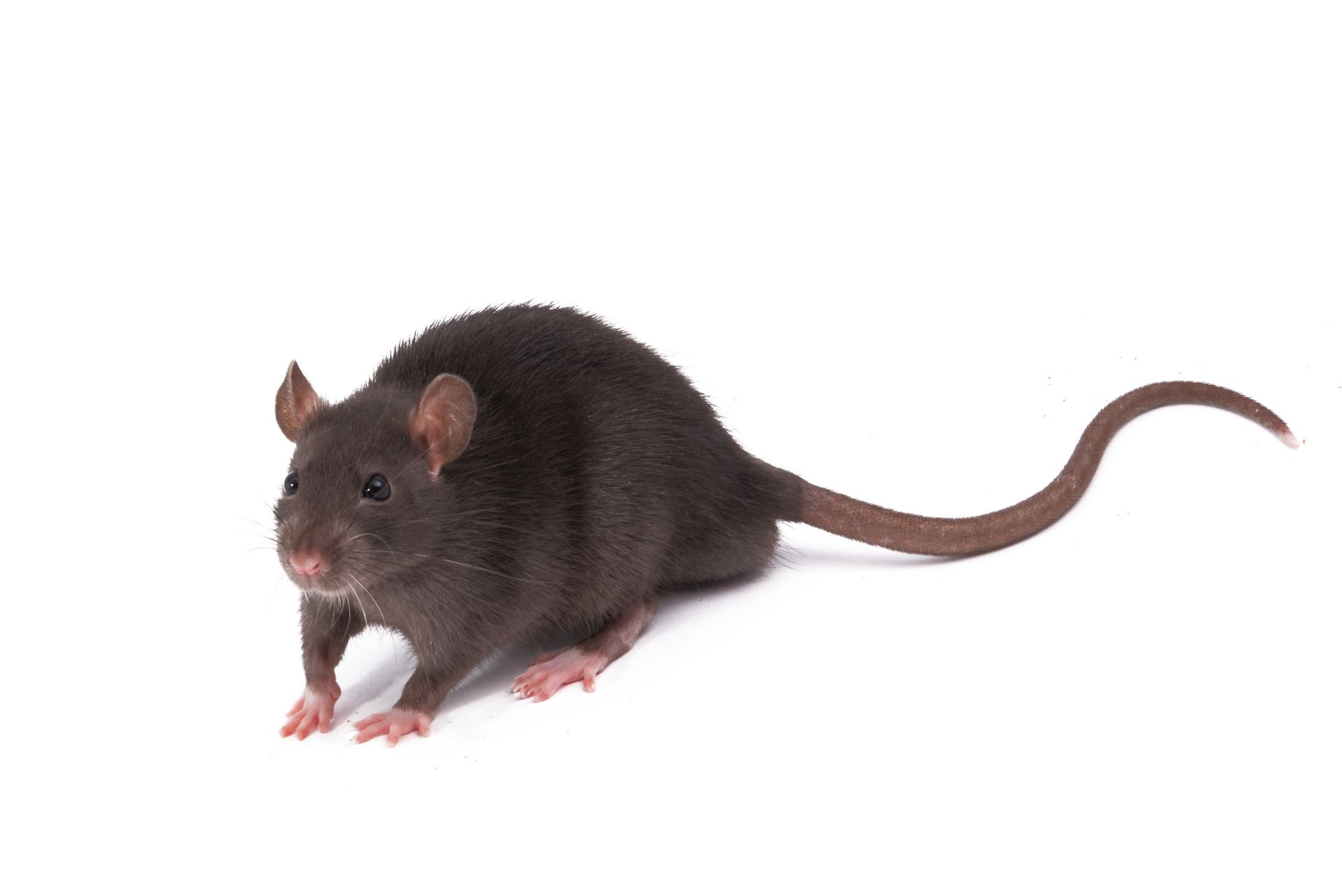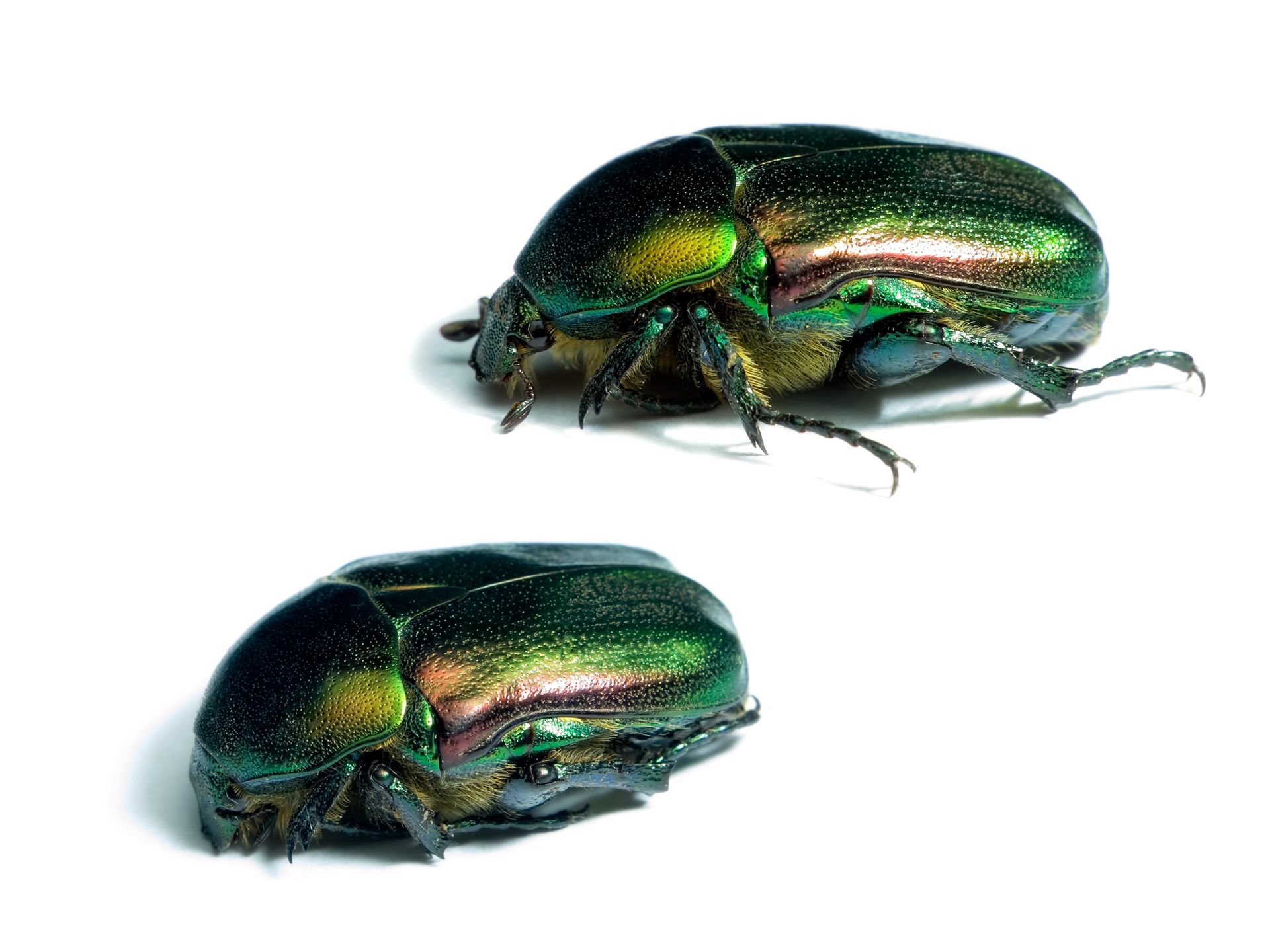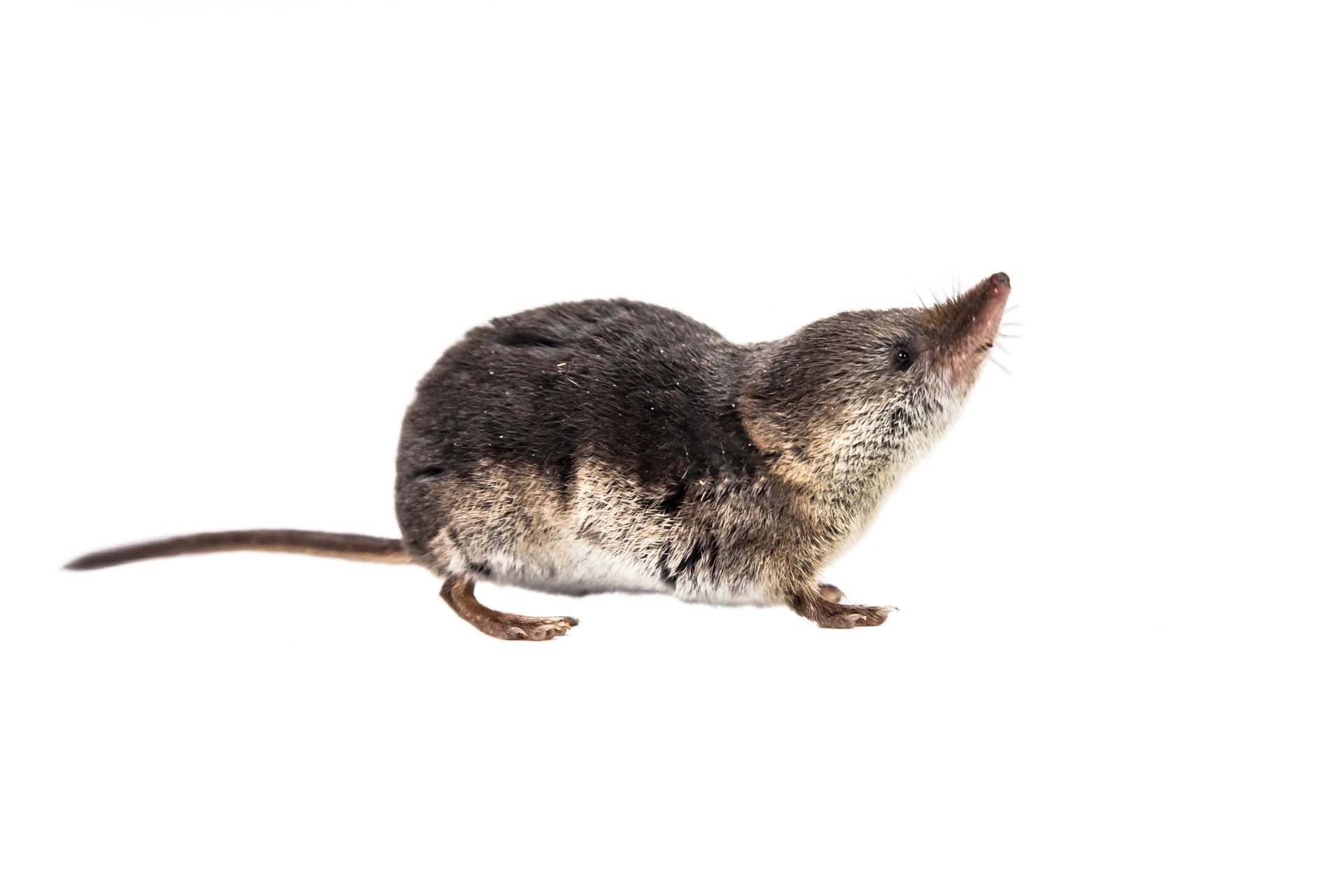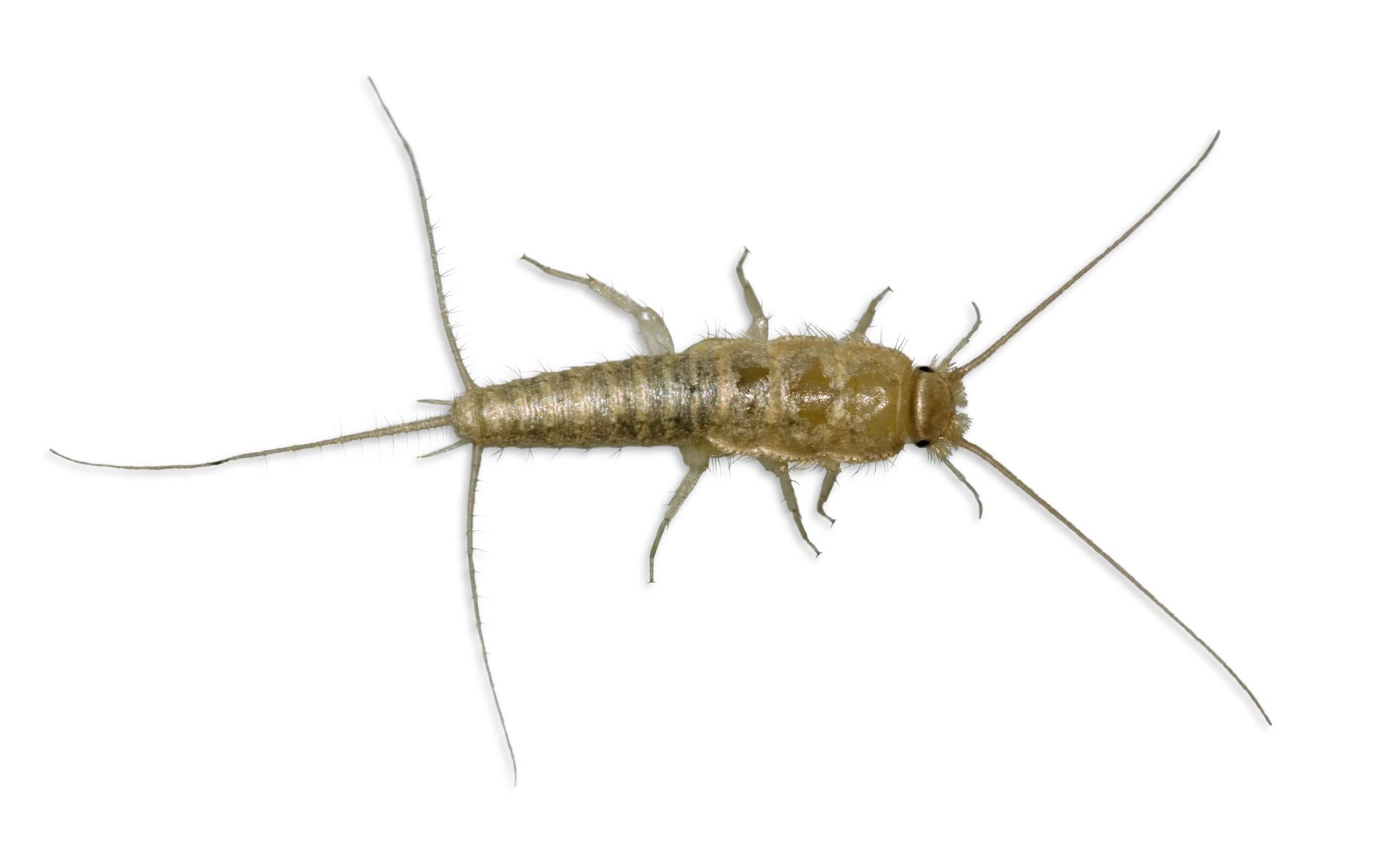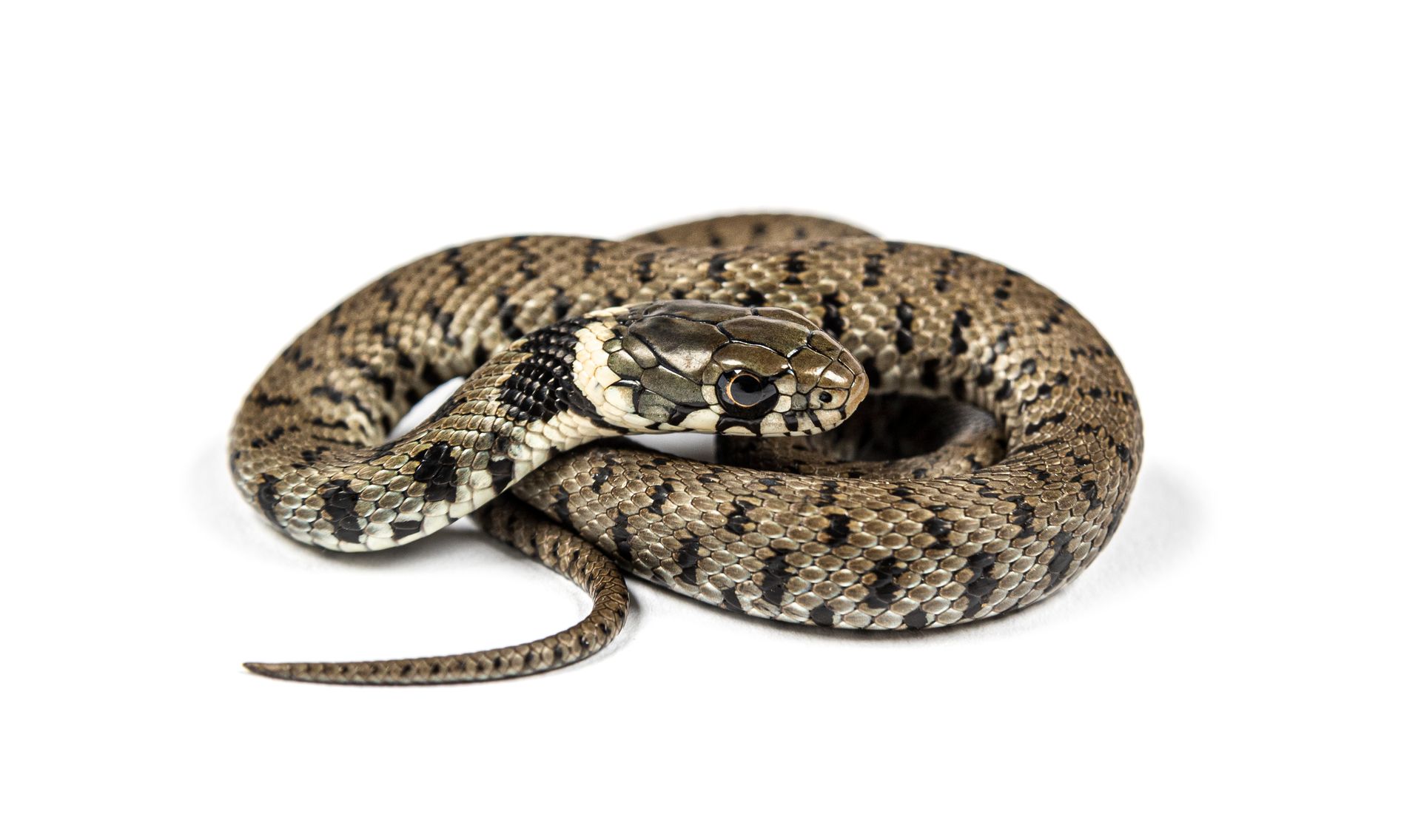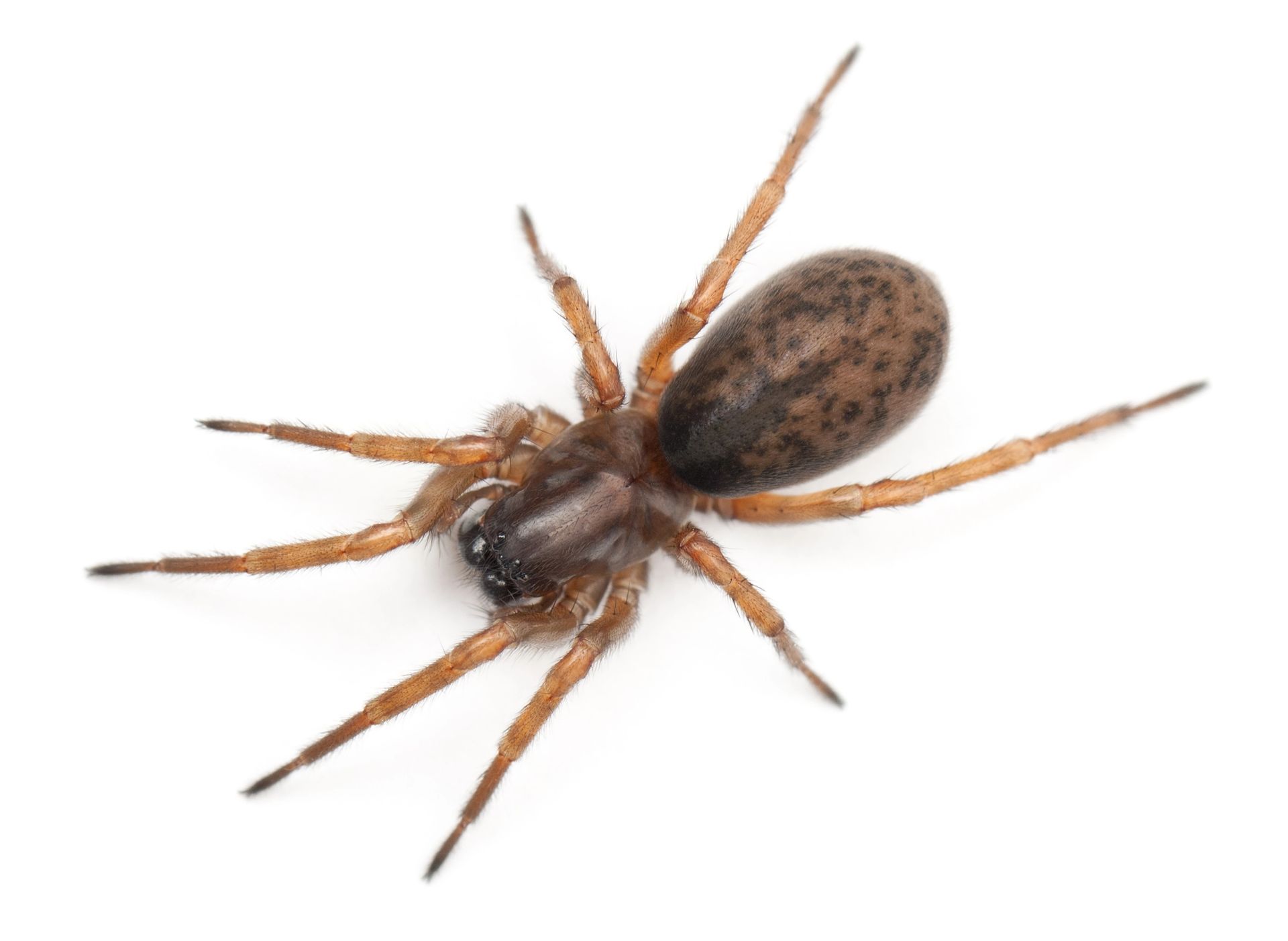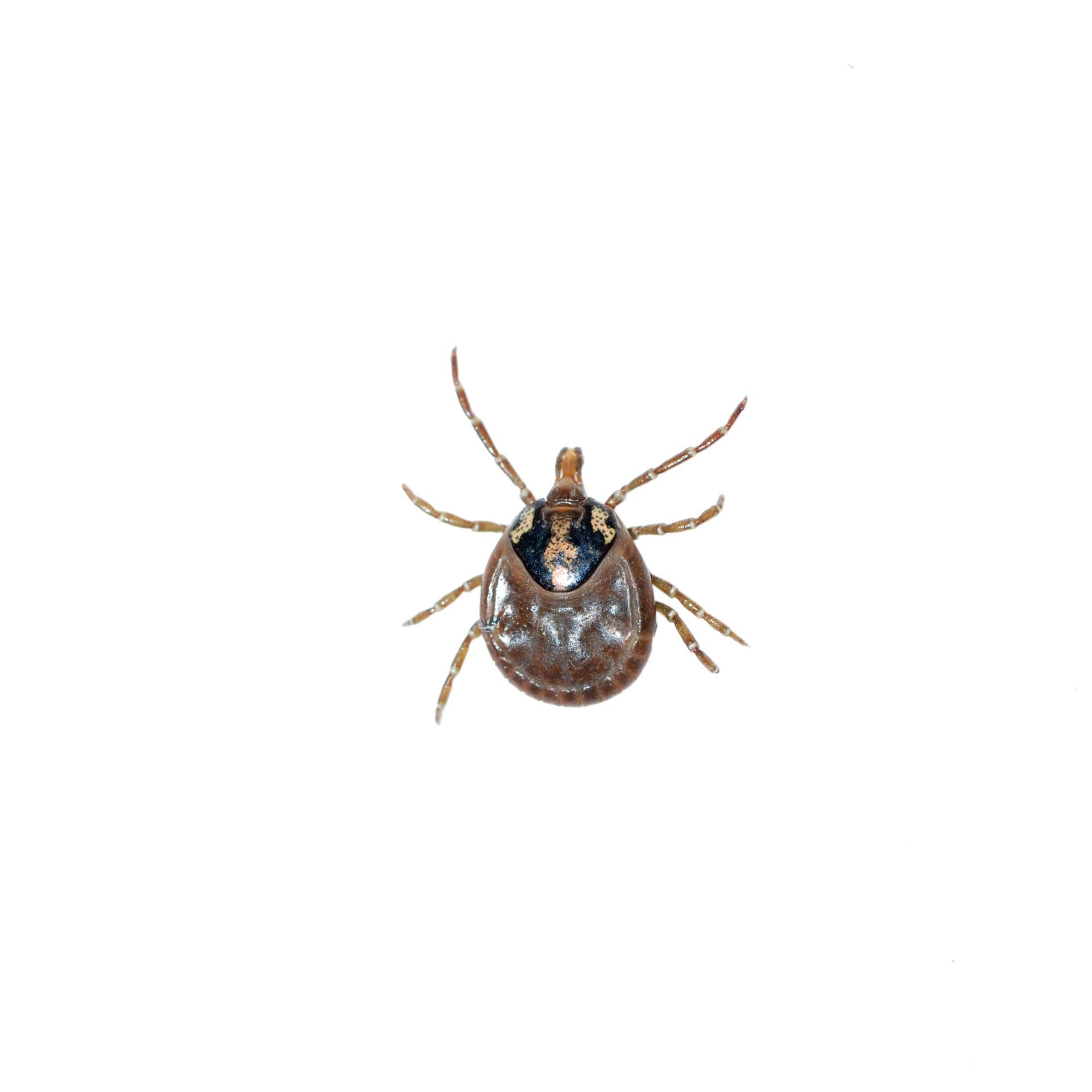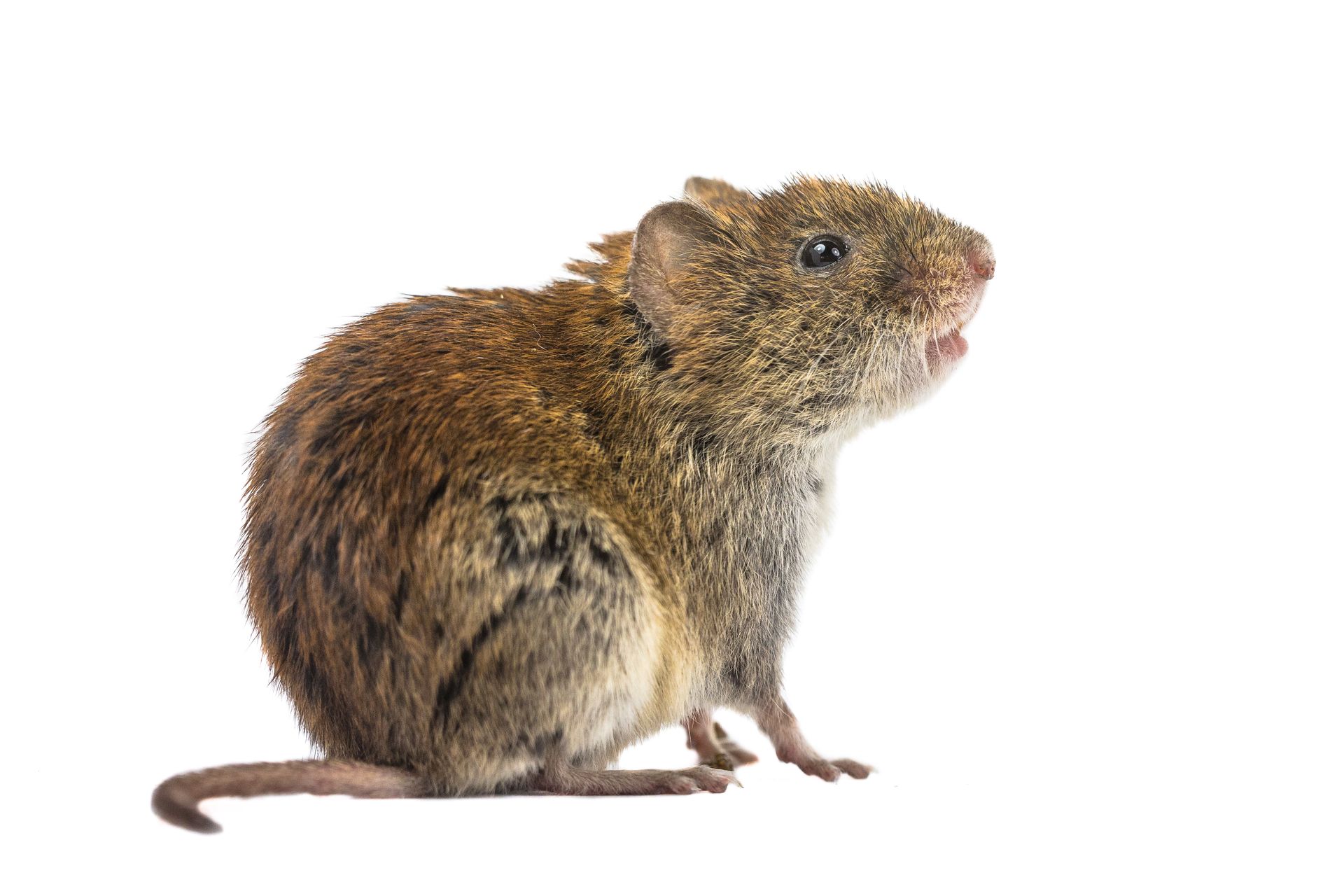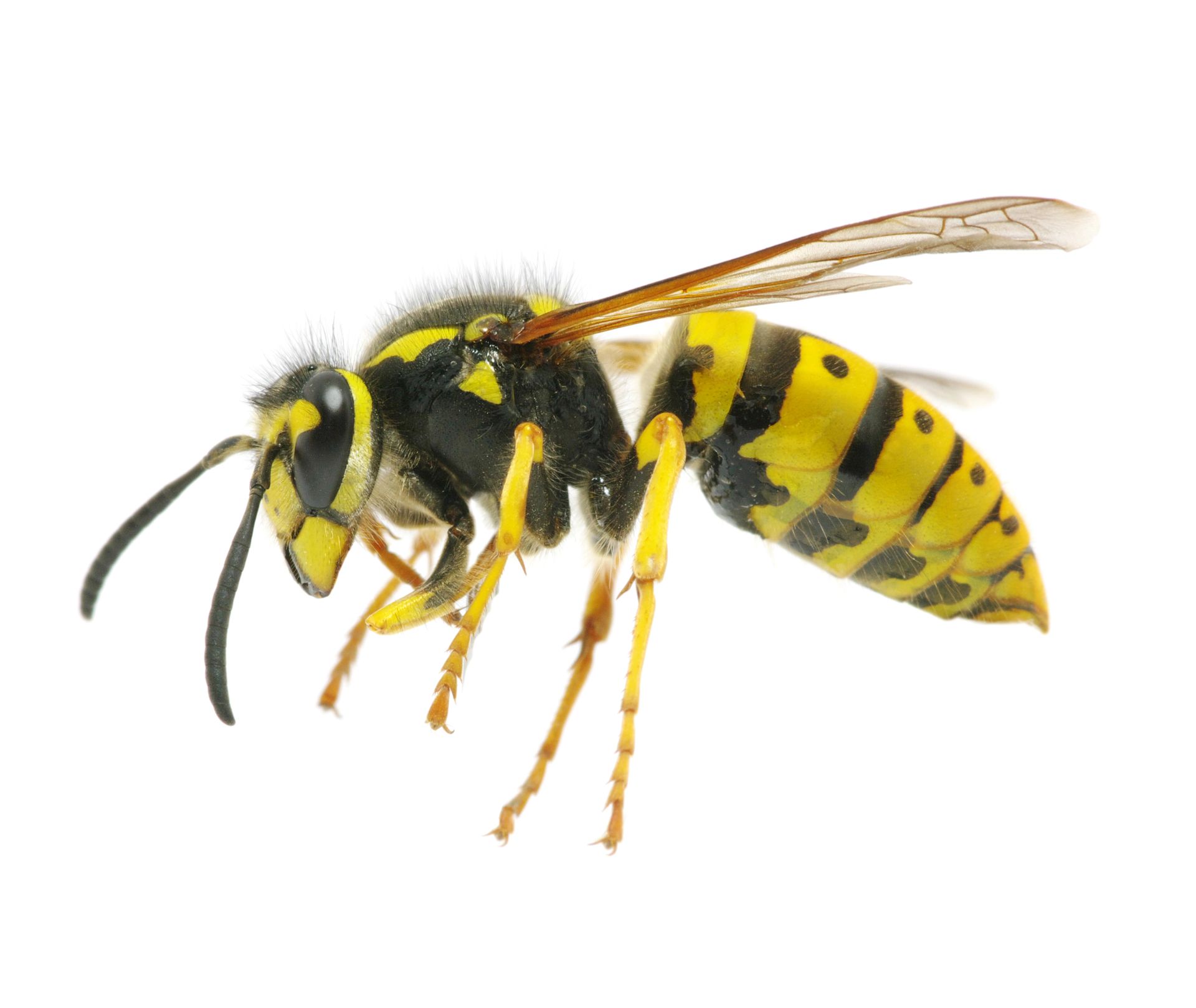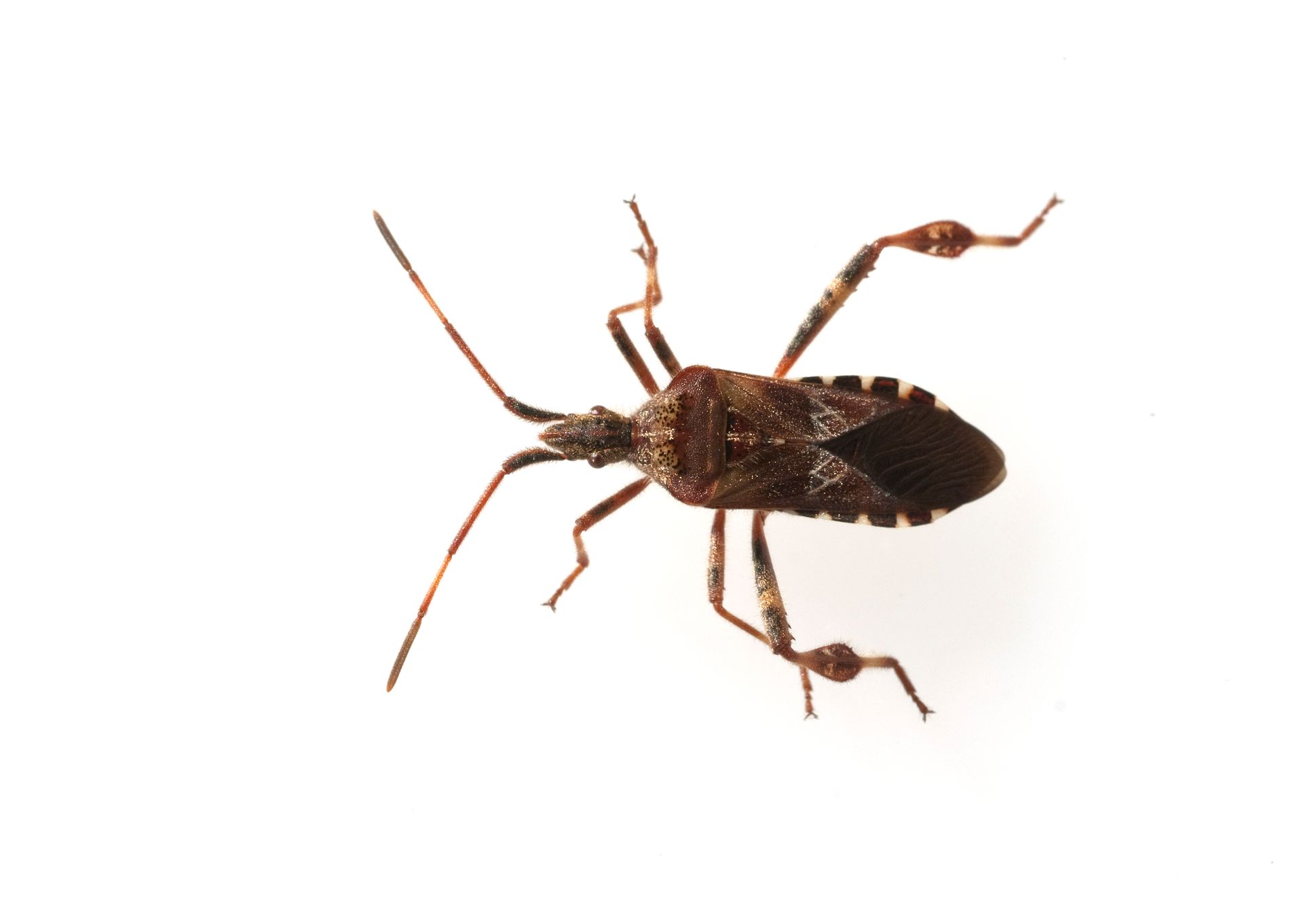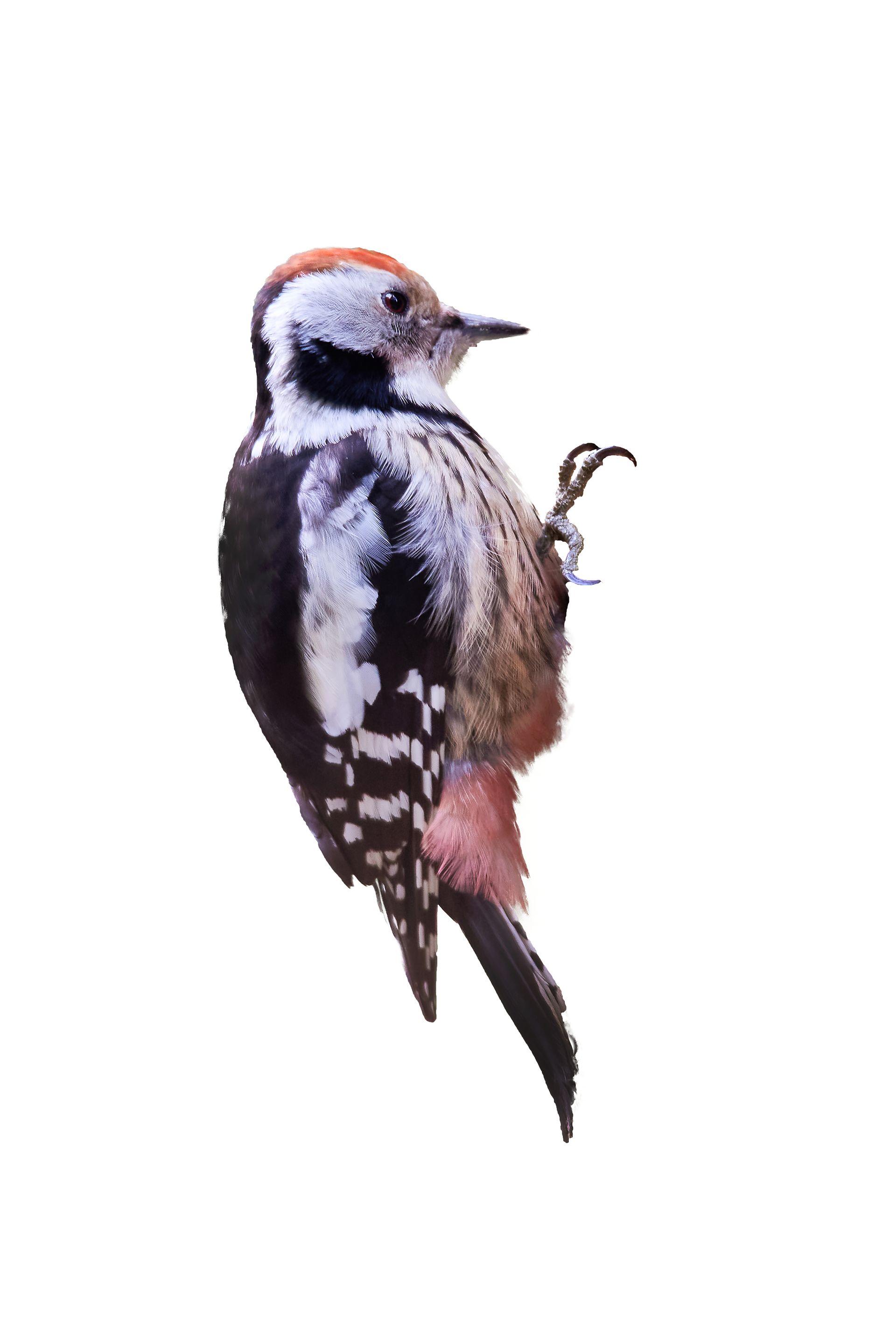Understanding Ticks in Wisconsin
Ticks are a common concern in Wisconsin, known for their ability to transmit serious diseases to humans and pets. Understanding where ticks are typically found, what attracts them to homes and buildings, and why they are unsuitable for indoor environments is essential for effective management and prevention.
Common Tick Species in Wisconsin
Wisconsin is home to several species of ticks, including:
Blacklegged Tick (Ixodes scapularis): Also known as the deer tick, this species is the primary vector for Lyme disease.
American Dog Tick (Dermacentor variabilis): Known for transmitting Rocky Mountain spotted fever and tularemia.
Lone Star Tick (Amblyomma americanum): Less common but can transmit ehrlichiosis and tularemia.
Woodchuck Tick (Ixodes cookei): Primarily found on woodchucks but can bite humans and transmit Powassan virus.
Habitats and Locations
Ticks in Wisconsin are typically found in:
Outdoors:
Woodlands and Forests: Ticks thrive in wooded areas with dense underbrush and leaf litter, where they can find hosts such as deer, rodents, and other wildlife.
Grasslands and Meadows: Tall grasses and meadows provide ideal environments for ticks to latch onto passing animals and humans.
Gardens and Yards: Residential gardens and yards with tall grass, shrubs, and leaf litter can harbor ticks, especially if they are close to wooded areas.
Indoors (Occasionally):
Pets: Ticks can be brought indoors by pets, particularly dogs and cats, that have spent time outside.
Clothing and Gear: Ticks can attach to clothing, shoes, and outdoor gear, allowing them to enter homes.
Attractions in Homes and Buildings
Ticks are attracted to homes and buildings for several reasons:
Hosts: The primary attraction for ticks is the presence of hosts such as pets, humans, and rodents. Ticks rely on blood meals for survival and reproduction.
Moisture: Ticks prefer environments with high humidity, which can be found in certain indoor areas such as basements and crawl spaces.
Shelter: Ticks seek out sheltered, undisturbed areas where they can hide and wait for a host to pass by.
Why Ticks Are Not Suitable for Homes and Buildings
Ticks are highly unsuitable for indoor environments for several reasons:
Health Risks:
Disease Transmission: Ticks are known vectors for several serious diseases, including Lyme disease, Rocky Mountain spotted fever, anaplasmosis, and Powassan virus. These diseases can cause severe illness in humans and pets.
Allergic Reactions: Tick bites can cause allergic reactions, leading to itching, redness, and swelling.
Nuisance:
Persistent Presence: Ticks can be difficult to detect and remove, leading to ongoing concerns about bites and disease transmission.
Infestations: If ticks are brought indoors and not promptly removed, they can lay eggs and establish small infestations, particularly in areas with pets.
Pet Health Concerns:
Pet Illness: Pets are at risk of tick-borne diseases, which can lead to serious health issues if not promptly treated. Regular tick infestations can also cause anemia in pets due to blood loss.
Prevention and Control
To prevent and control tick infestations in homes and buildings, consider the following strategies:
Outdoor Maintenance:
Landscaping: Keep lawns mowed, trim shrubs, and clear away leaf litter and tall grasses to reduce tick habitats around your home.
Barrier Zones: Create barriers between wooded areas and lawns using mulch or gravel to reduce tick migration into yards.
Tick Repellents: Apply tick repellents to outdoor clothing and gear, and consider using tick control products in your yard.
Pet Care:
Tick Prevention: Use veterinarian-recommended tick prevention products on pets, such as tick collars, topical treatments, and oral medications.
Regular Inspection: Check pets regularly for ticks, especially after they have been outdoors. Remove any ticks promptly using tweezers or a tick removal tool.
Indoor Cleaning:
Vacuuming: Regularly vacuum carpets, rugs, and pet bedding to remove ticks and their eggs.
Laundry: Wash clothing, bedding, and pet items in hot water to kill ticks and their larvae.
Personal Protection:
Protective Clothing: Wear long sleeves, long pants, and closed-toe shoes when spending time in tick-prone areas. Tuck pants into socks to create a barrier.
Tick Checks: Perform thorough tick checks on yourself, children, and pets after spending time outdoors. Pay close attention to areas where ticks are likely to hide, such as underarms, behind ears, and around the waistband.
Professional Pest Control:
Inspection and Treatment: For severe infestations, contact a professional pest control service like BugBoss The X-Terminator for comprehensive tick management. Professionals can identify high-risk areas and apply targeted treatments.
Ongoing Prevention: Regular follow-up treatments and inspections help ensure that ticks do not return.
Understanding the habits and risks associated with ticks in Wisconsin is crucial for keeping your home or building free from these pests. If you suspect a tick problem, taking swift action can prevent further issues and ensure a safe living environment. Trust BugBoss The X-Terminator to provide expert advice and effective tick control solutions tailored to your needs.
Local Pests & Wildlife in Wisconsin



